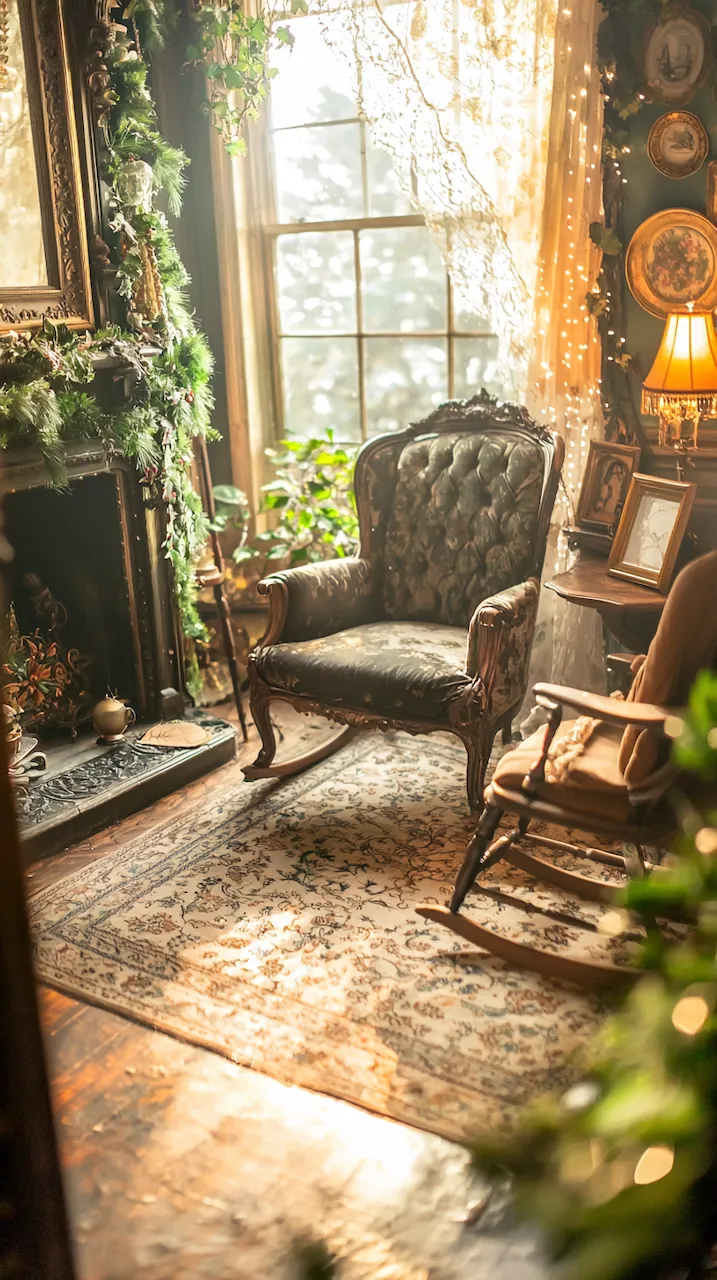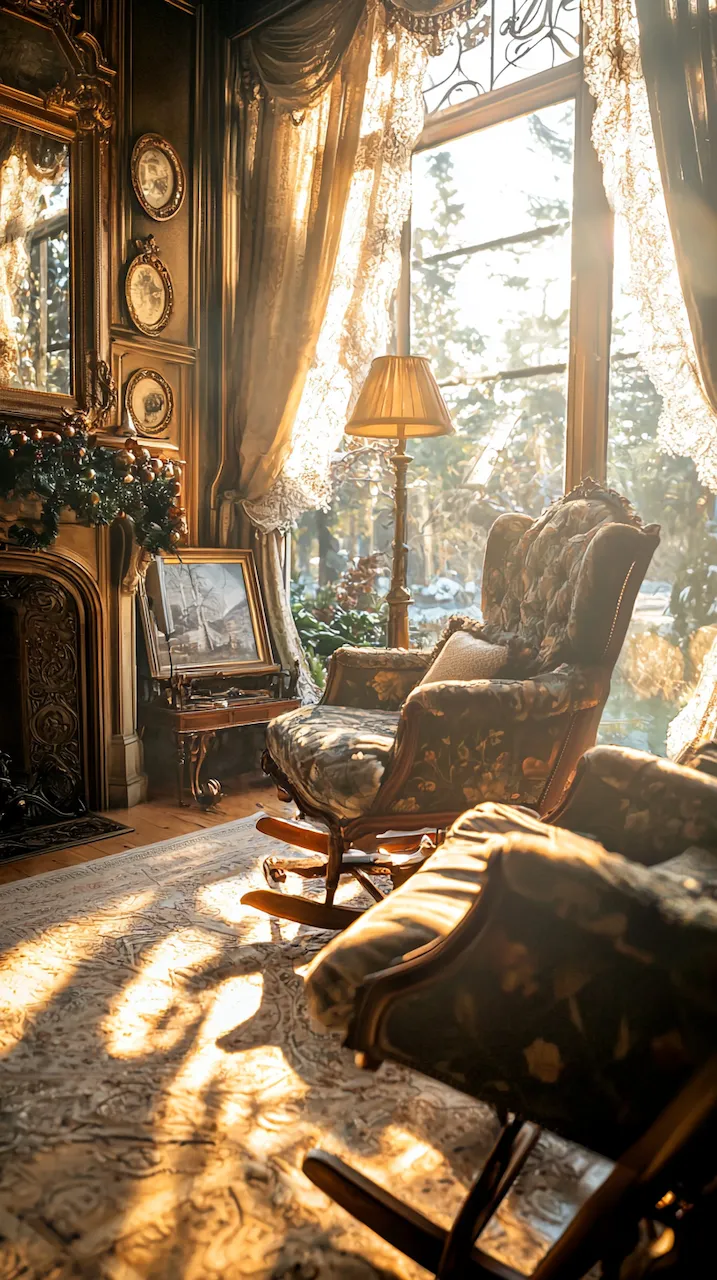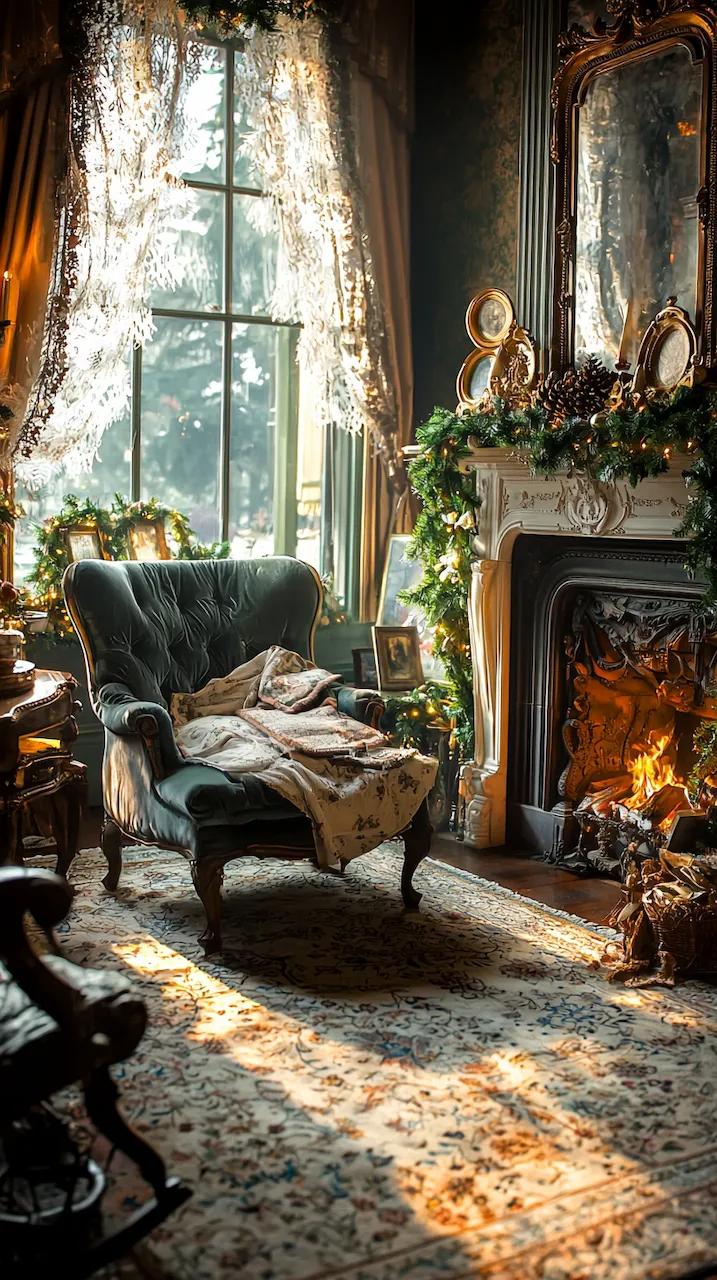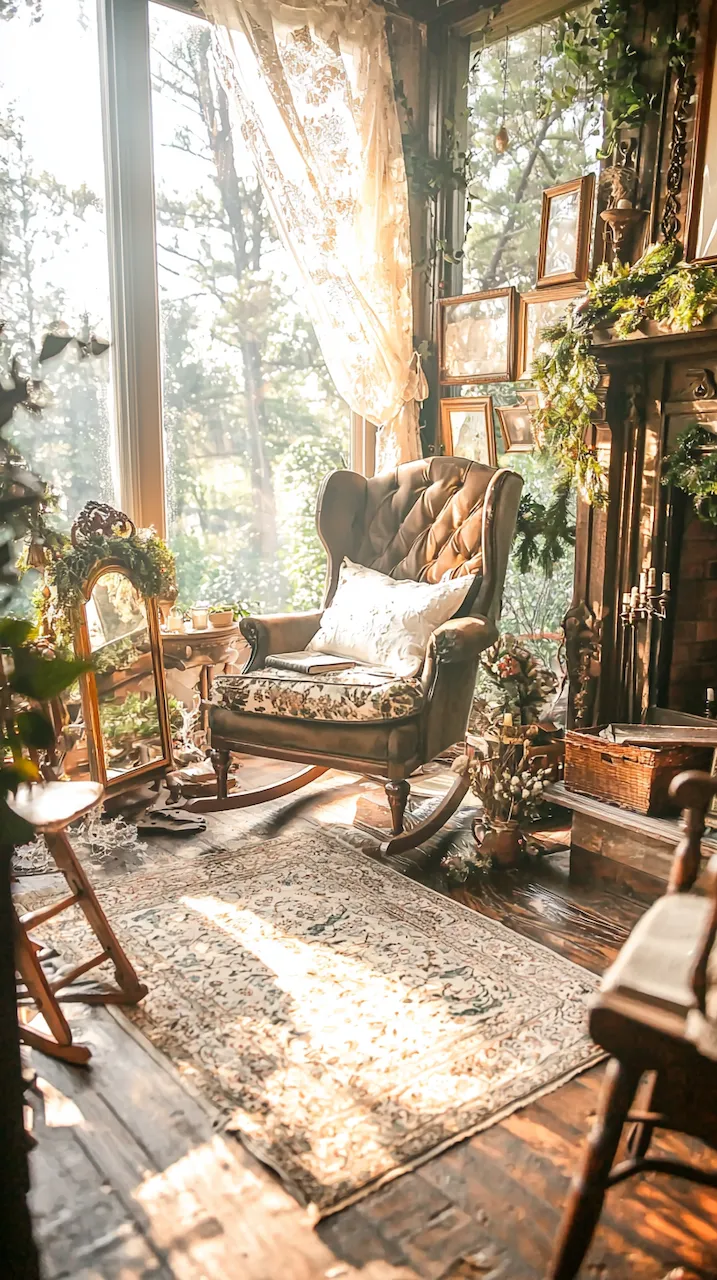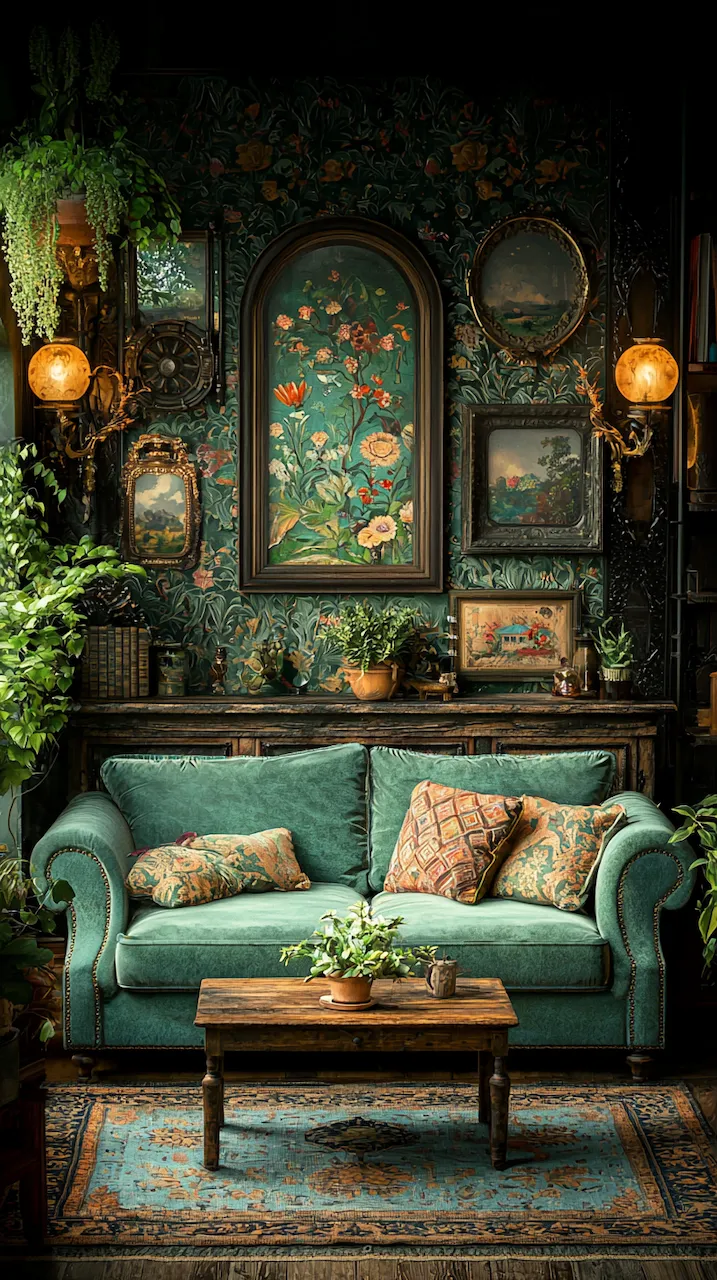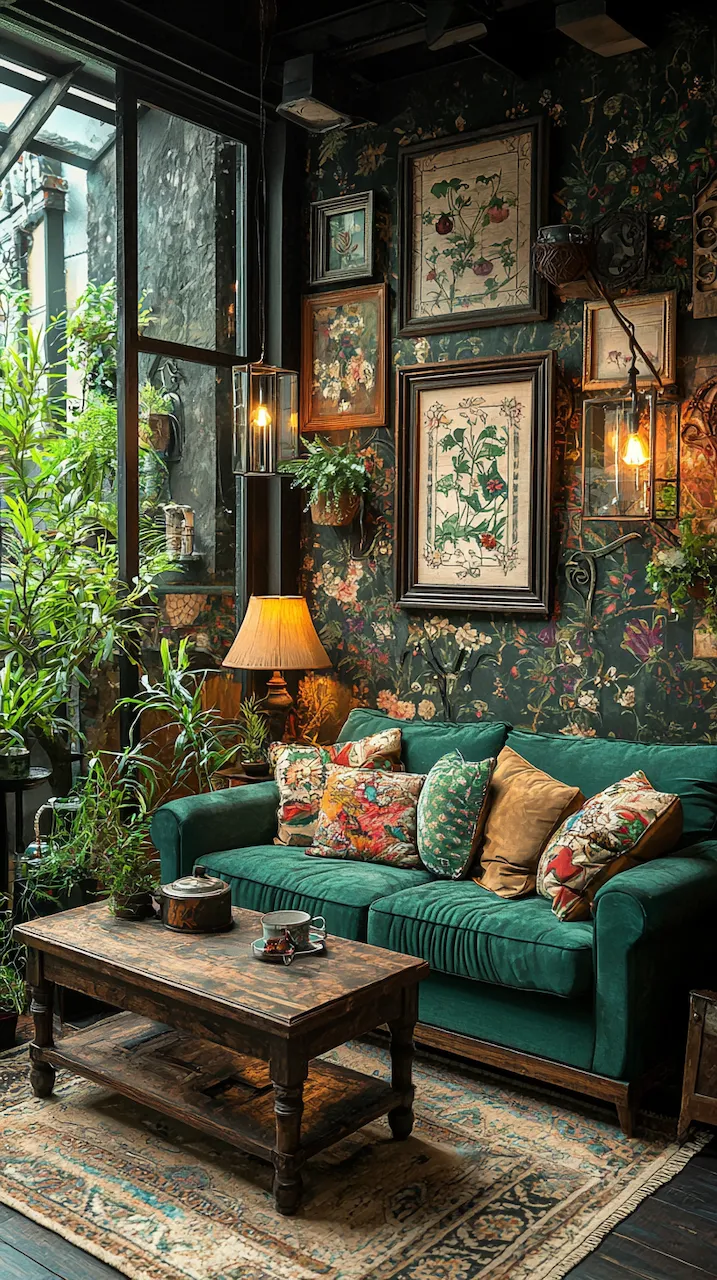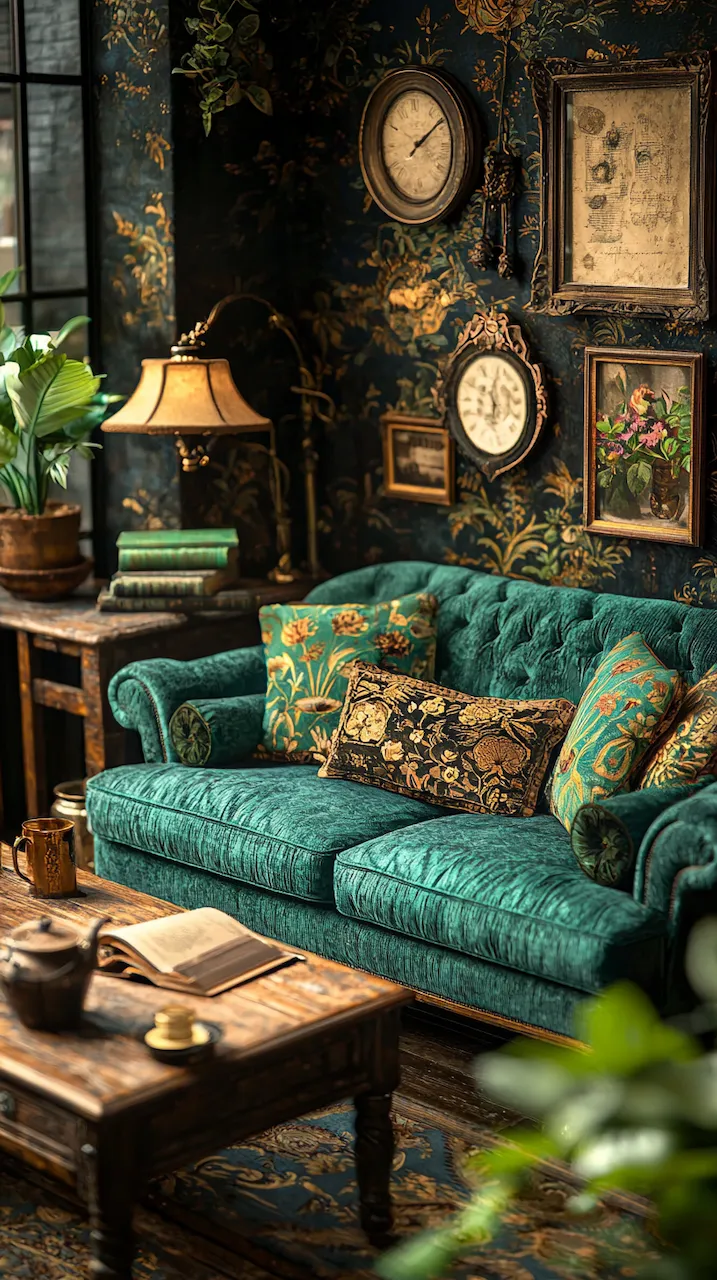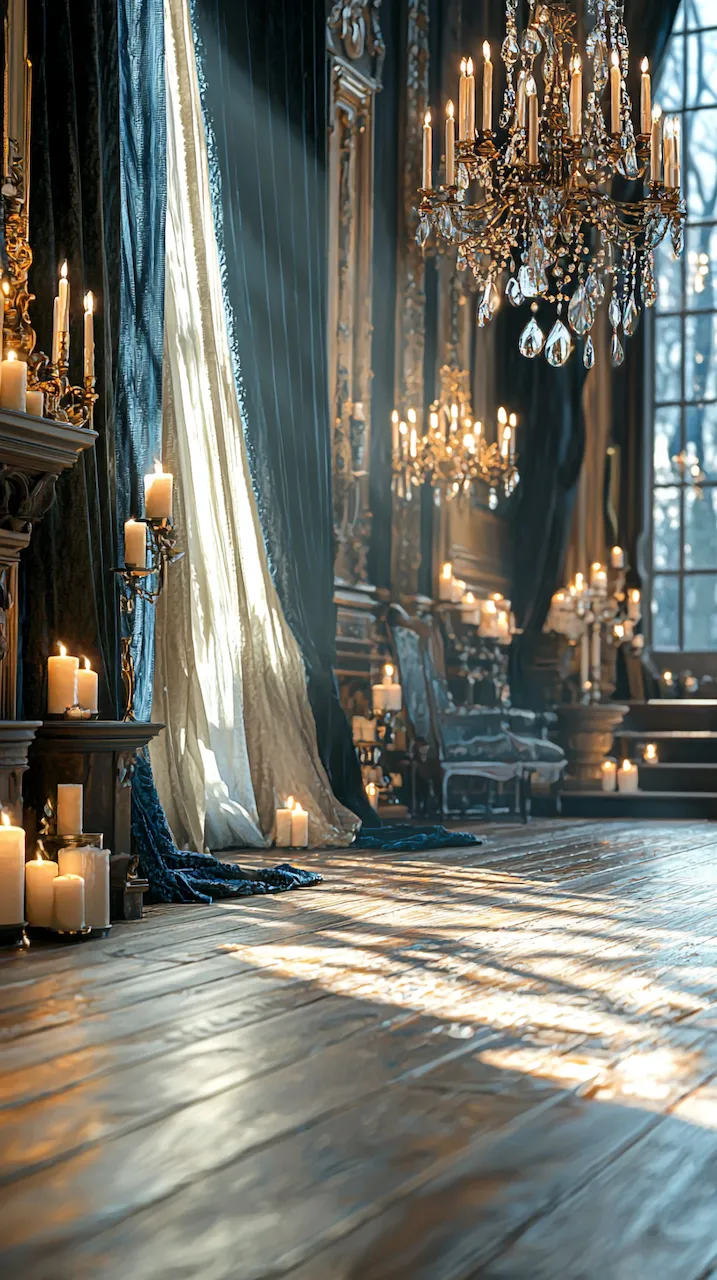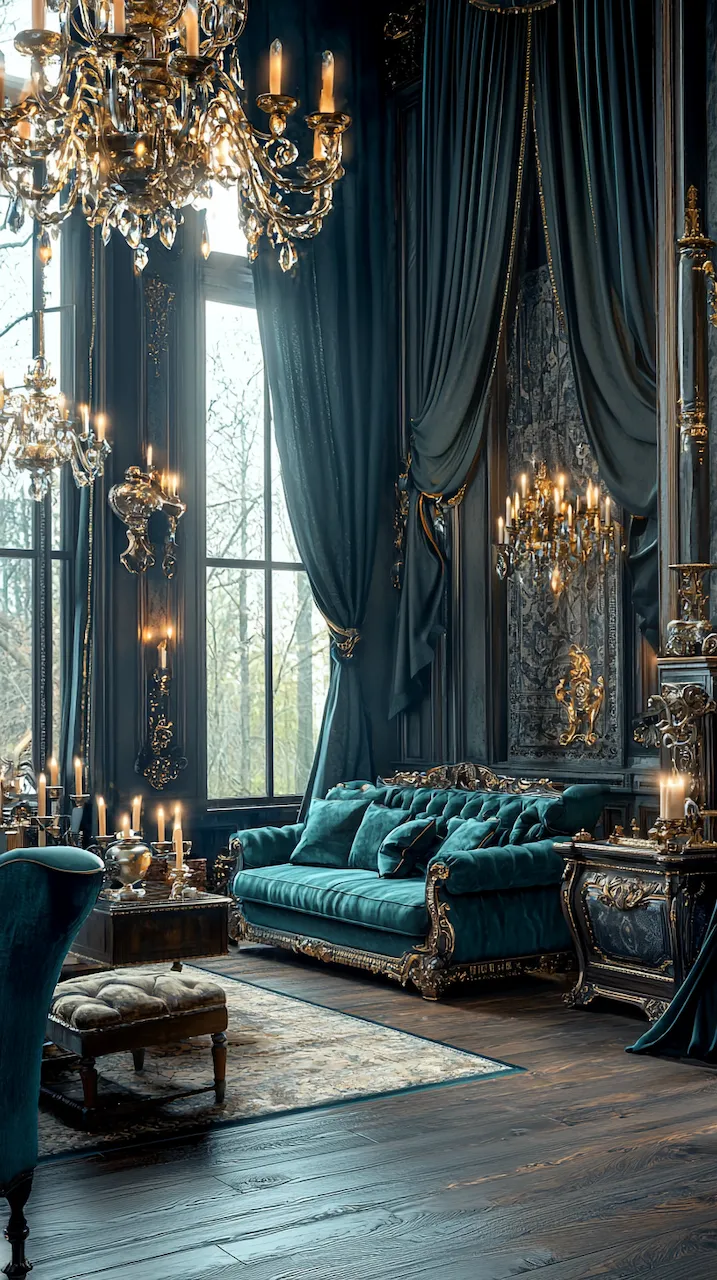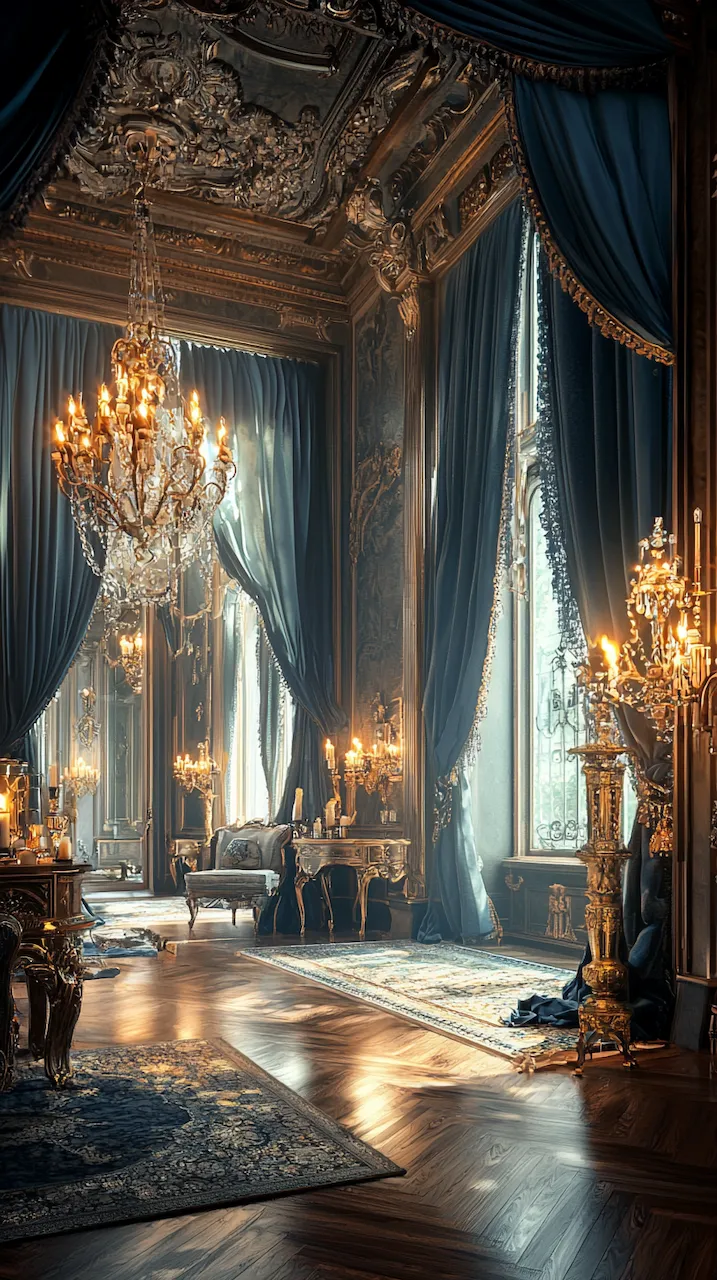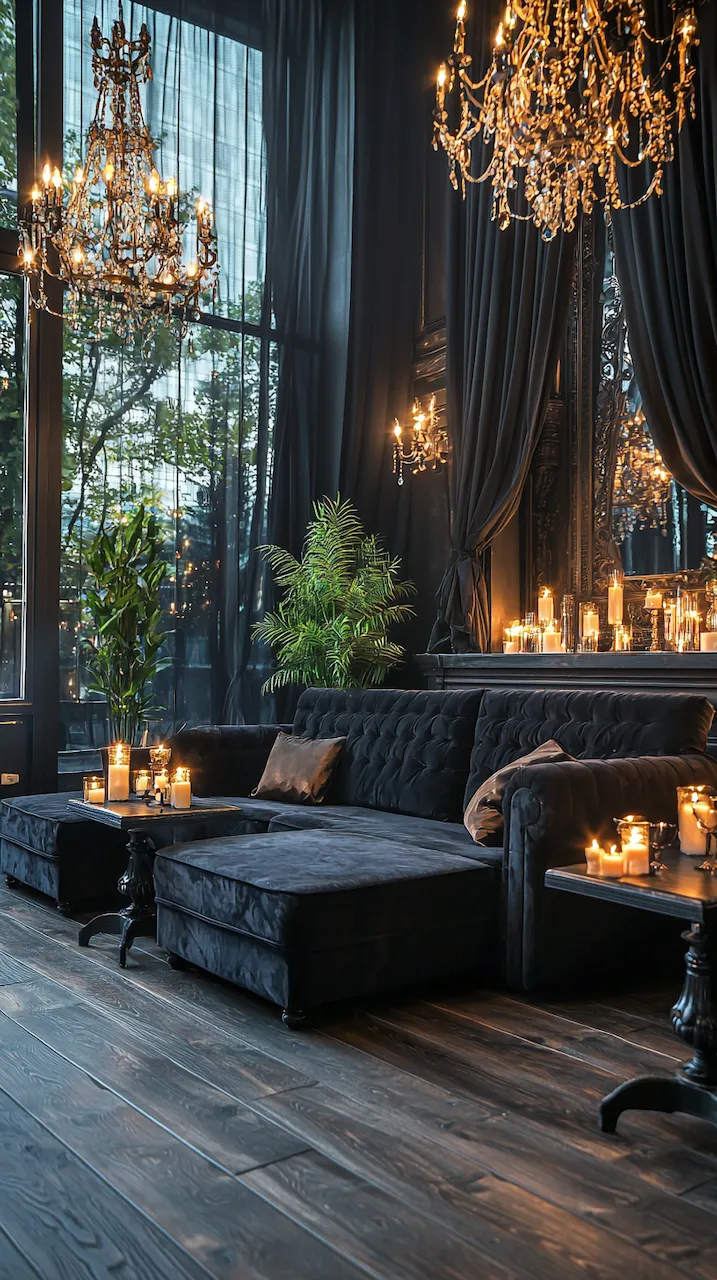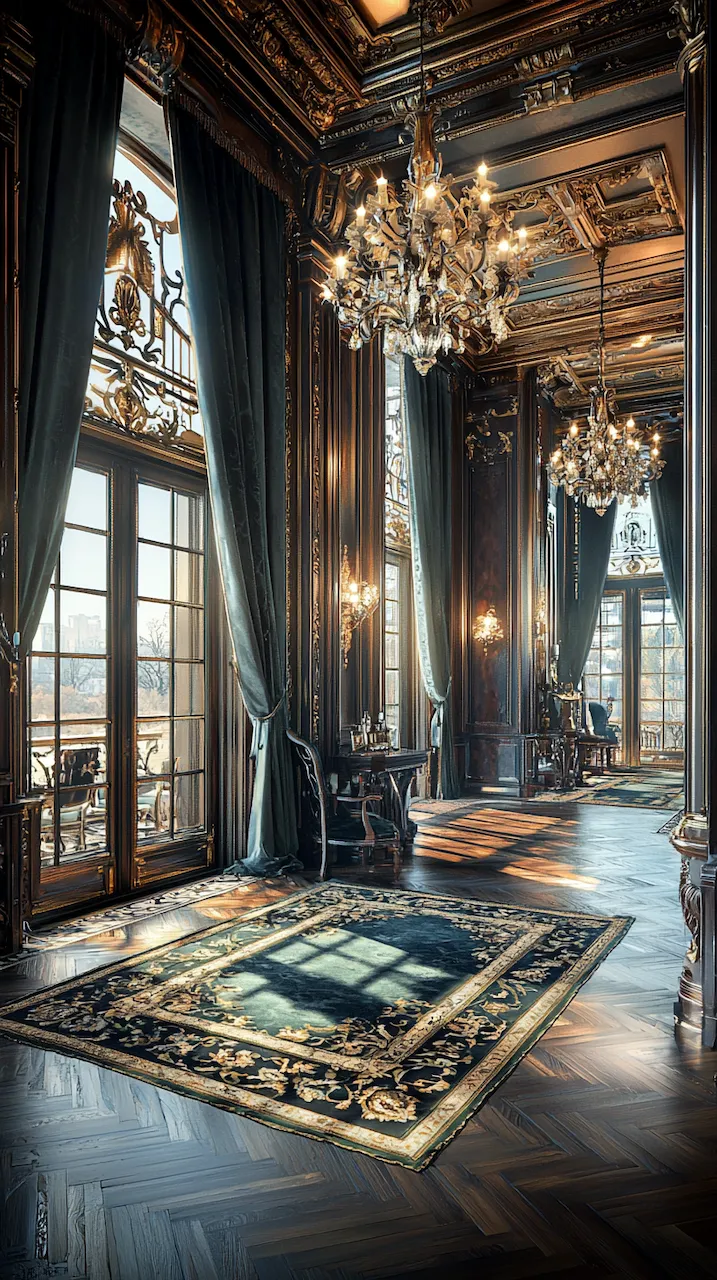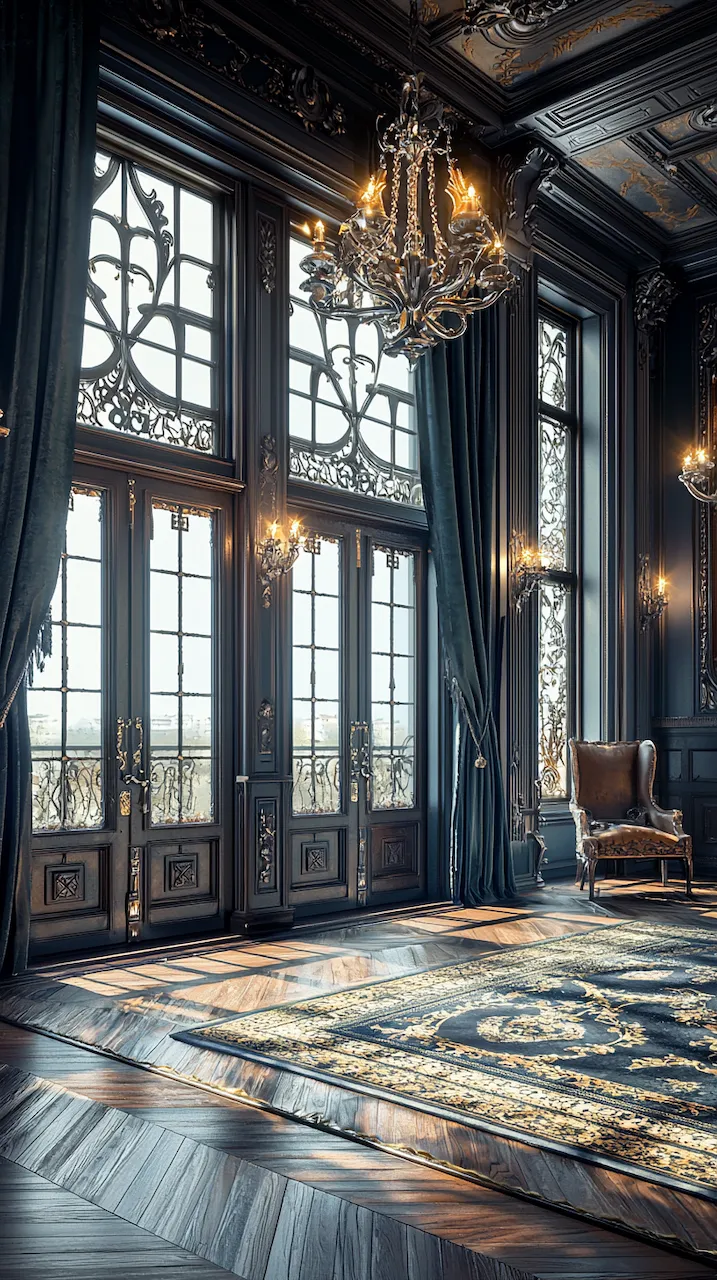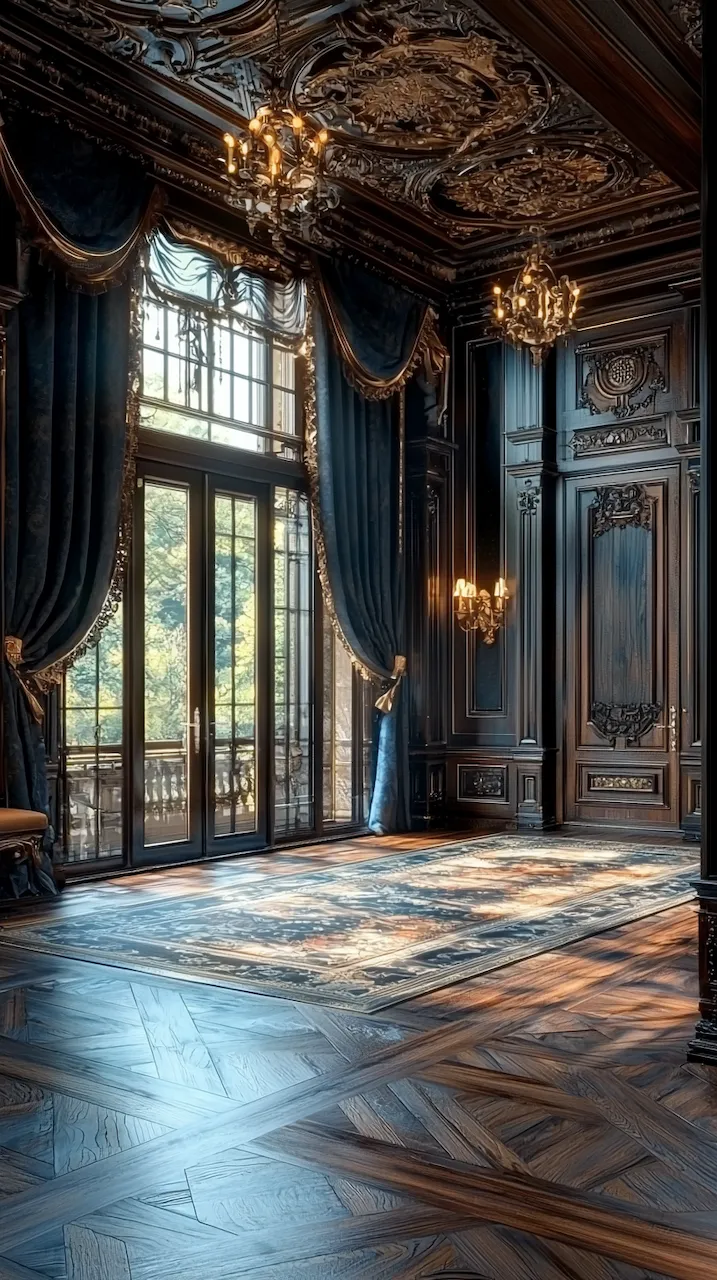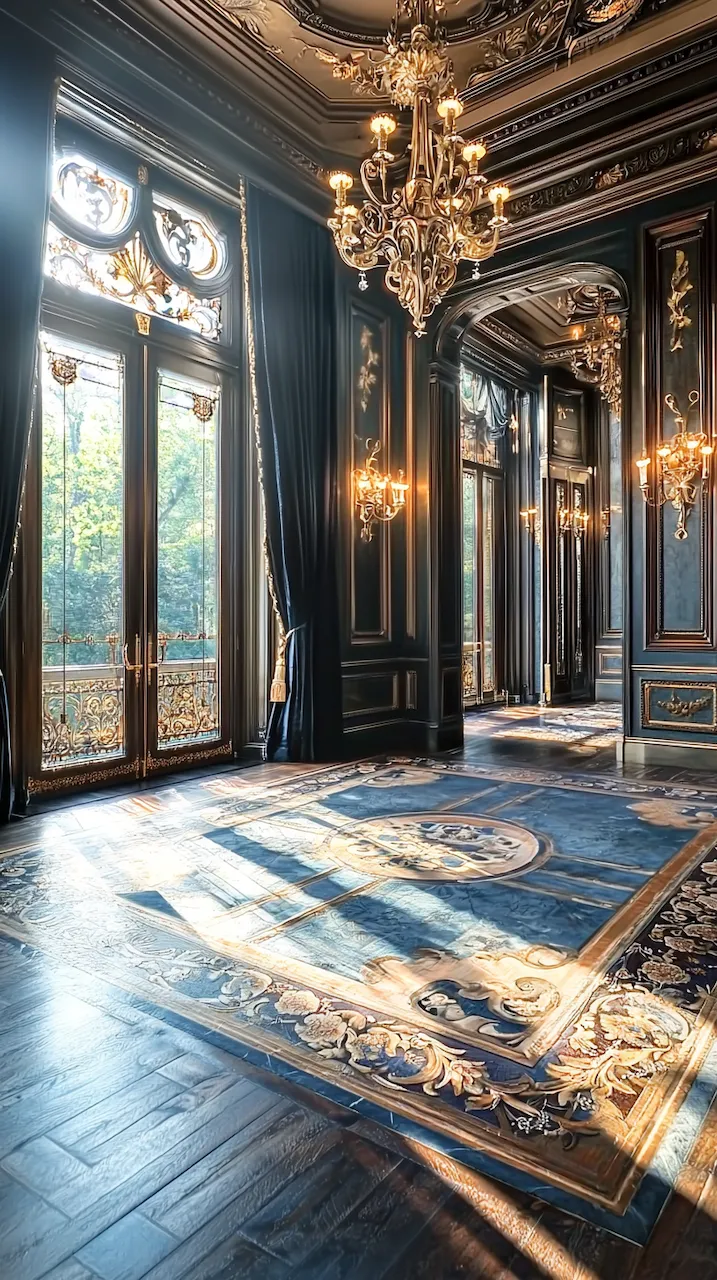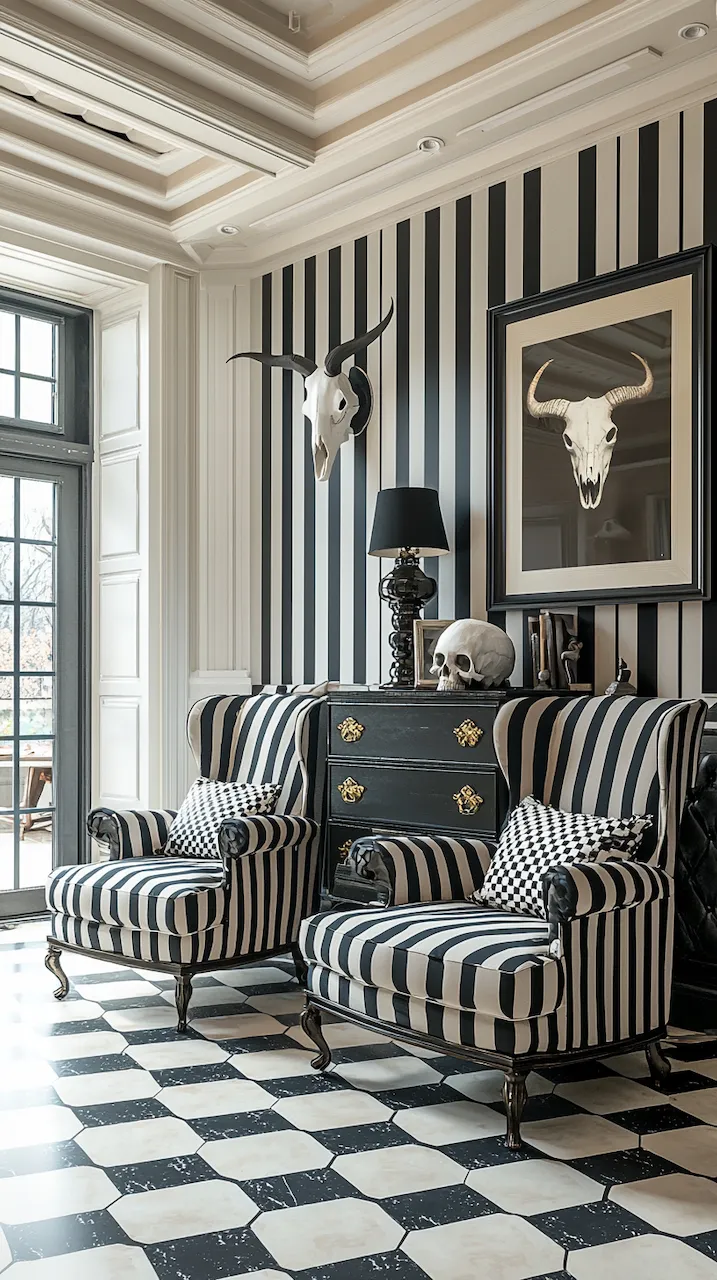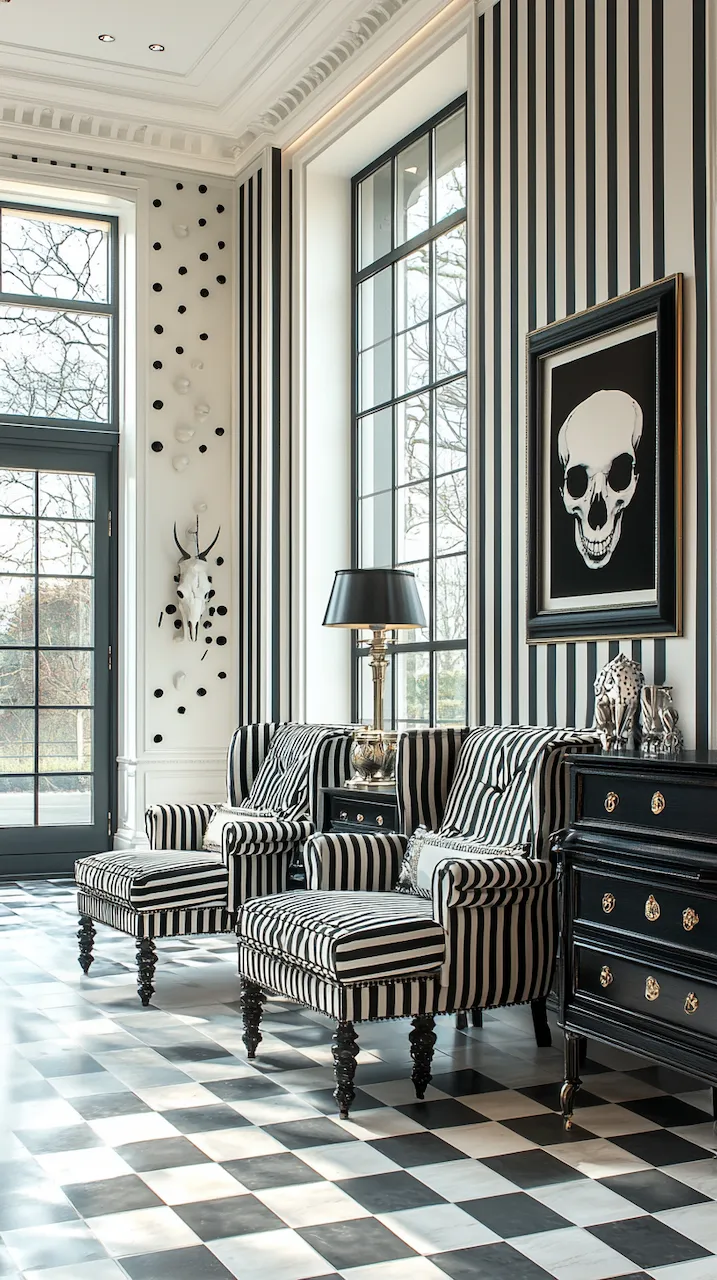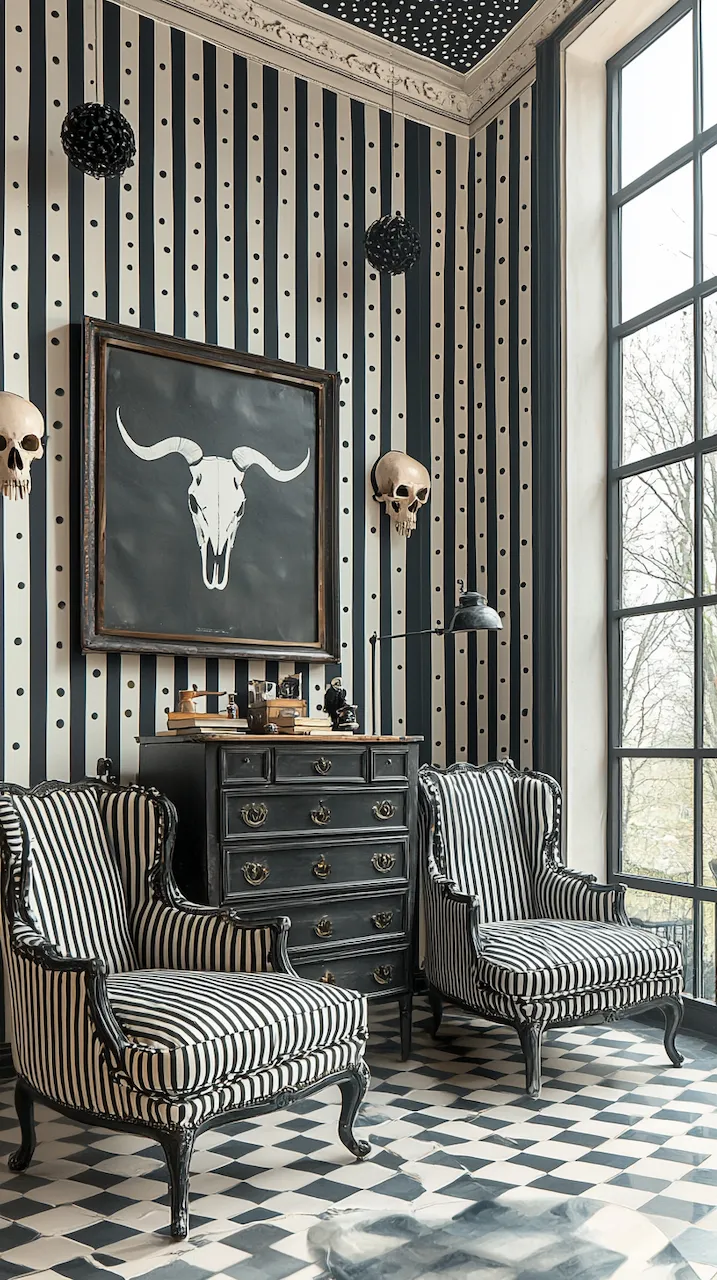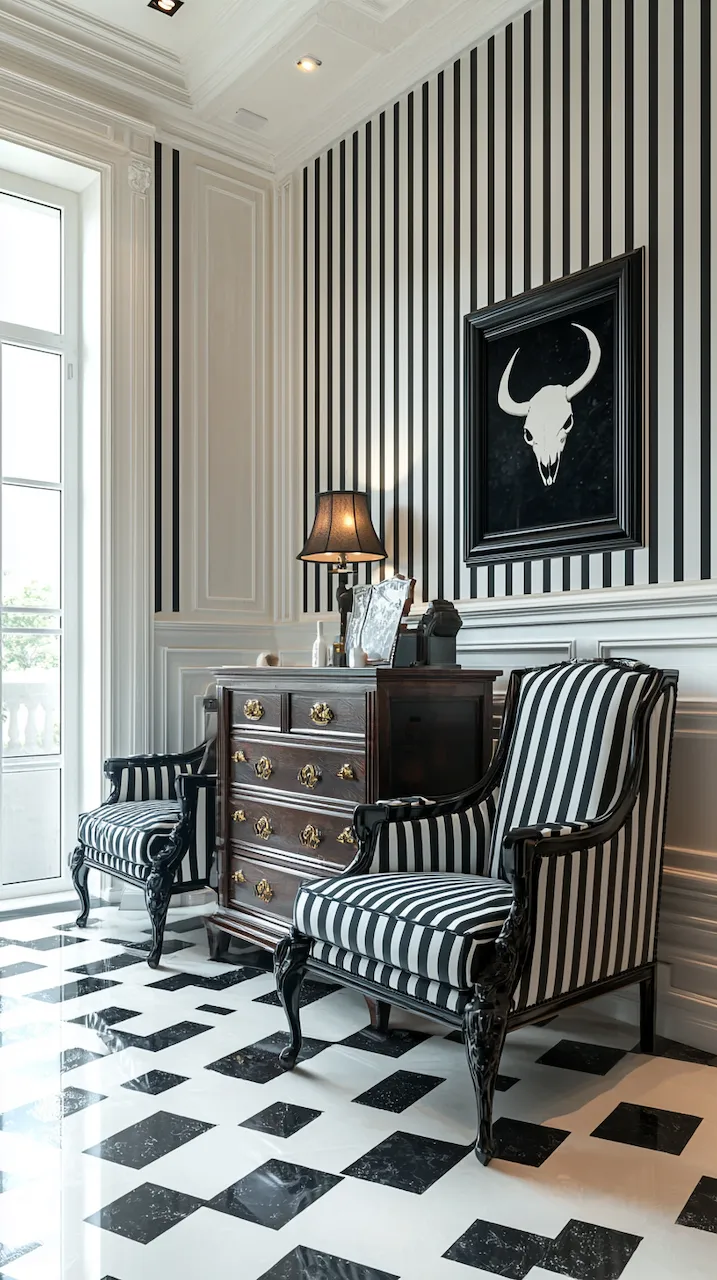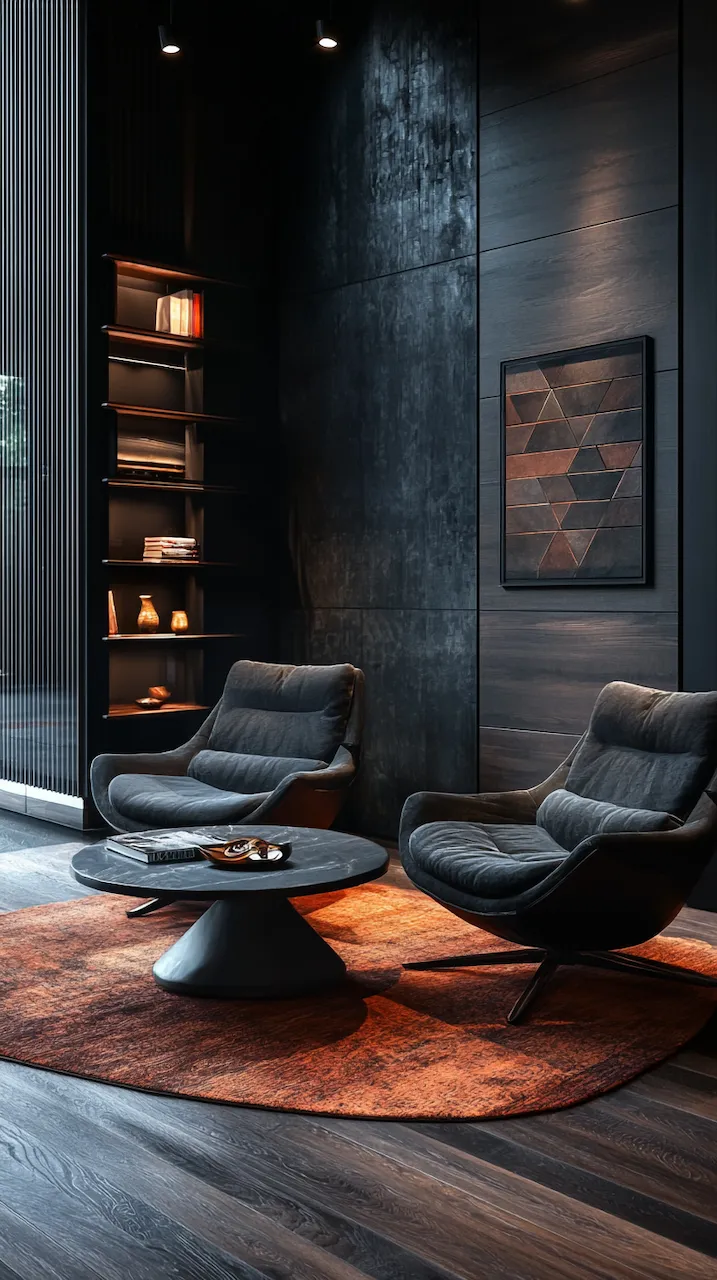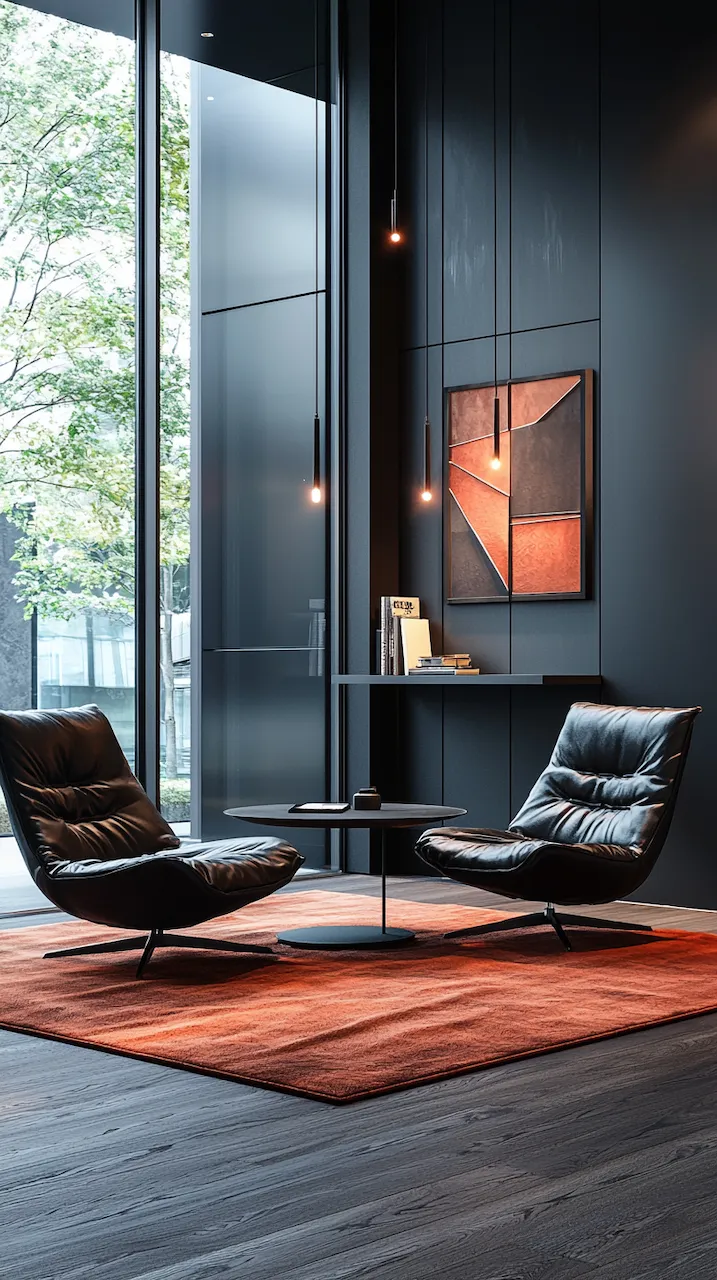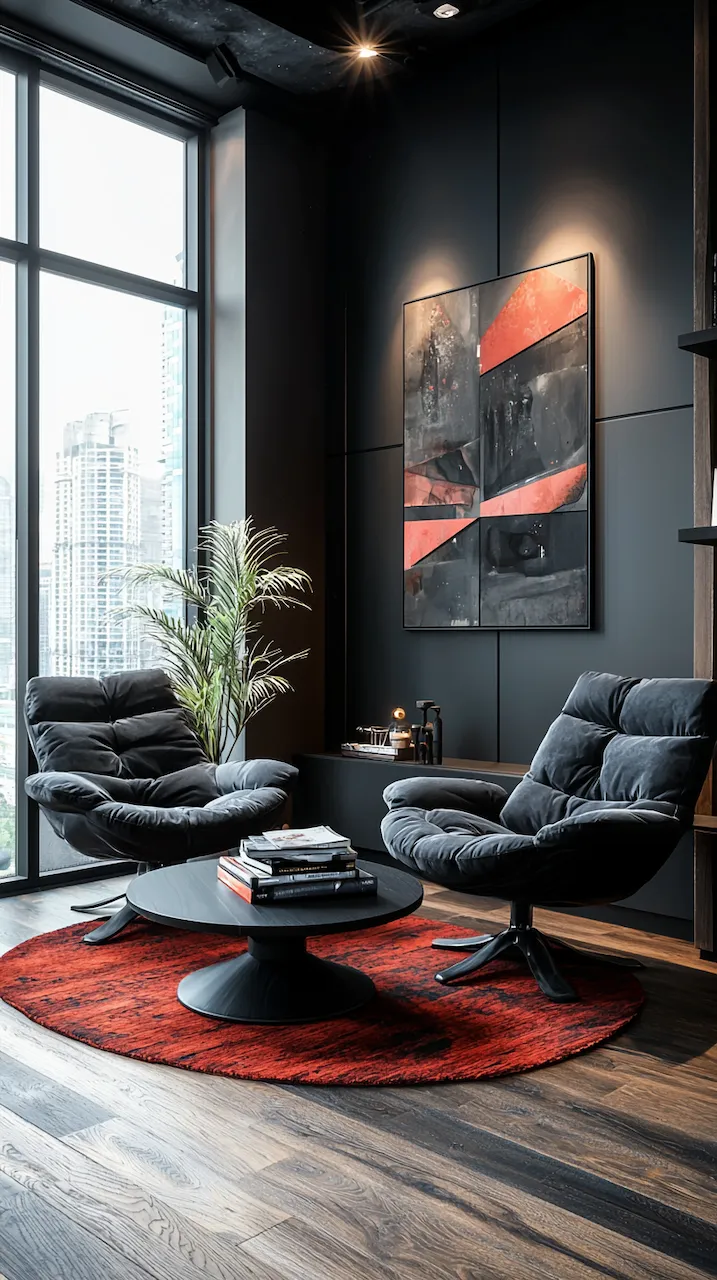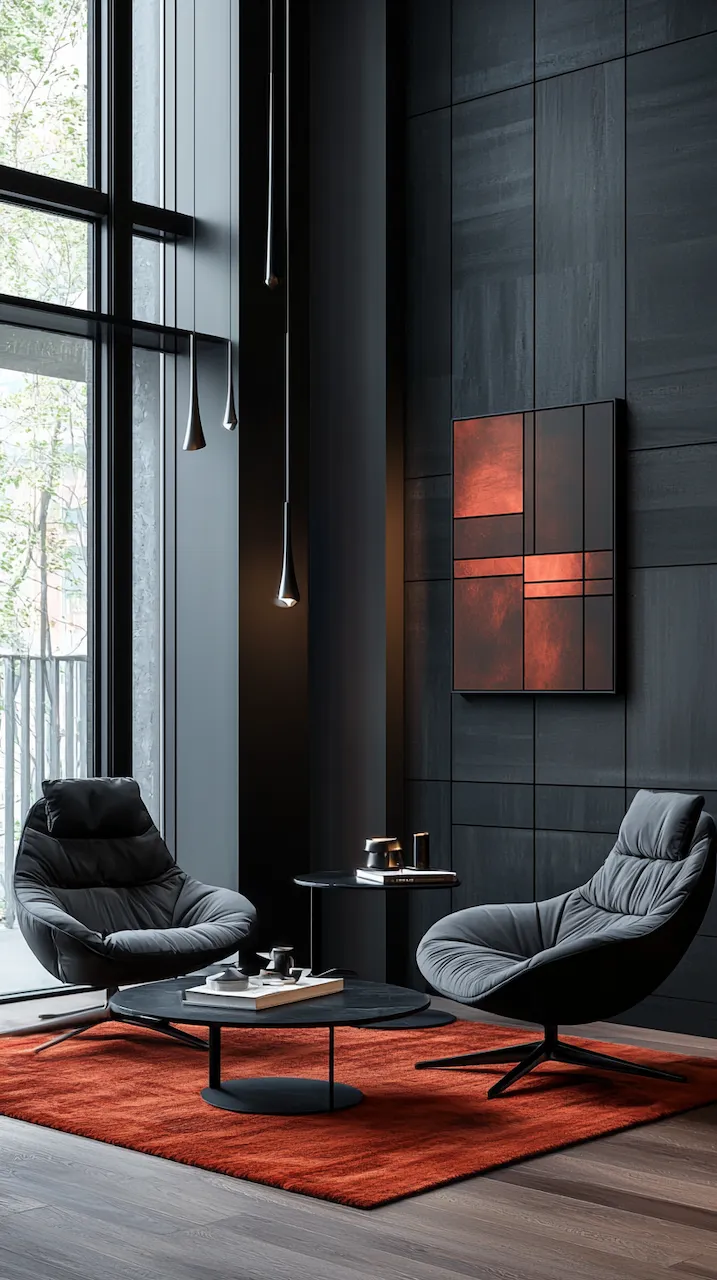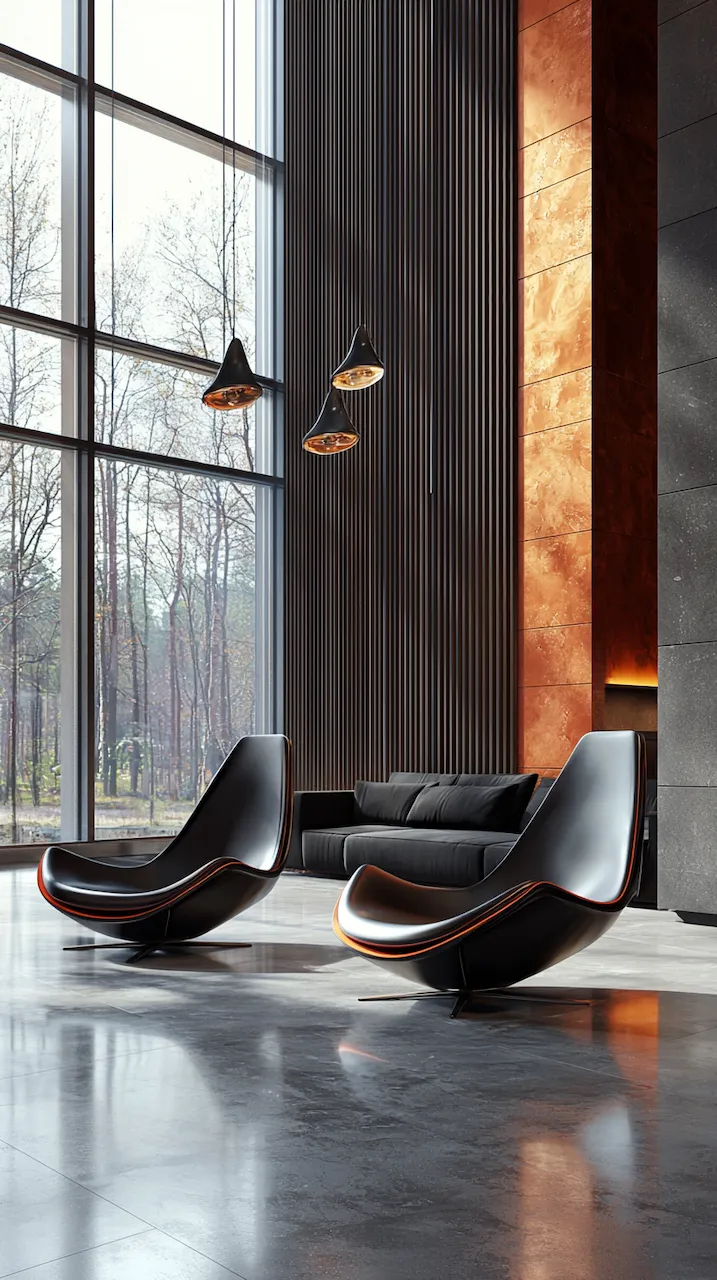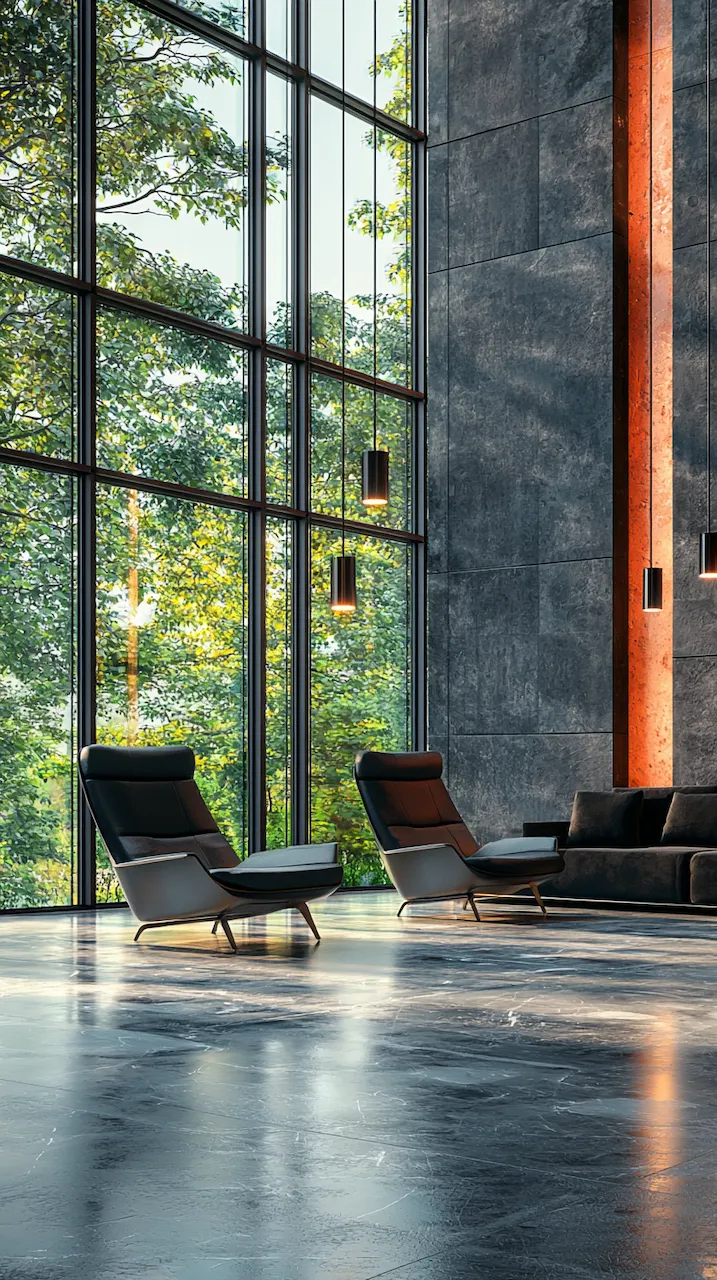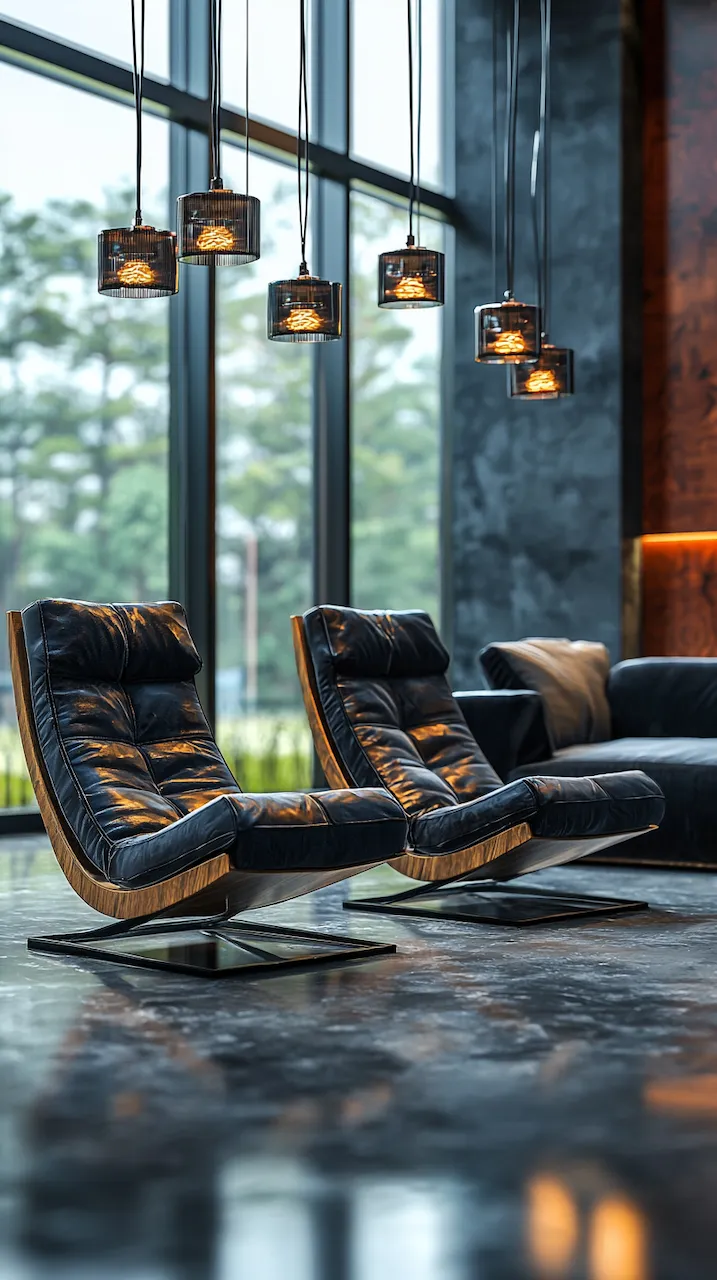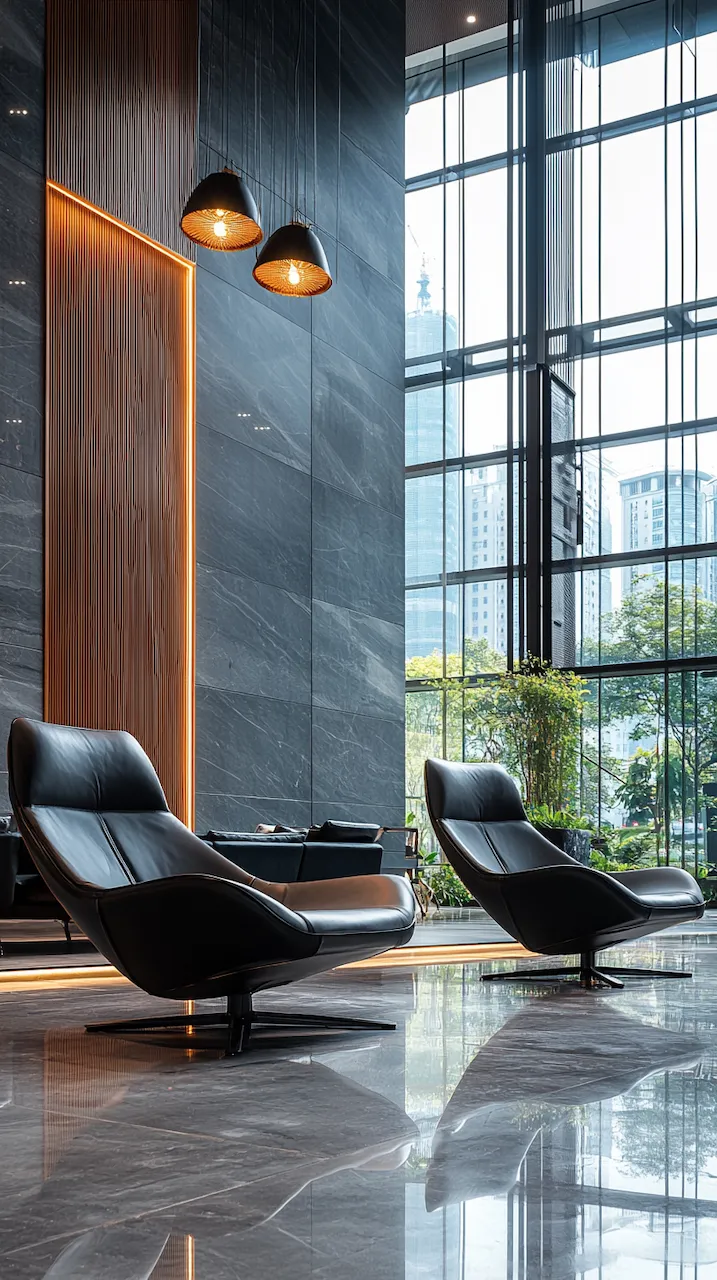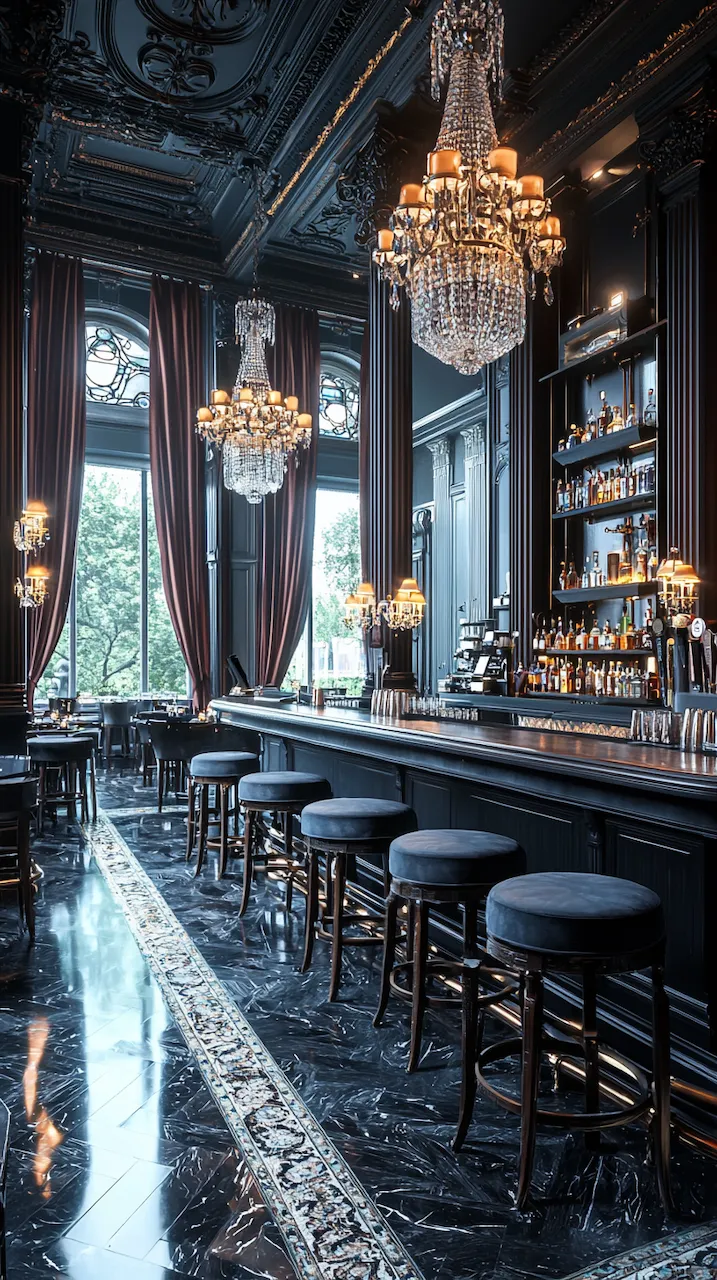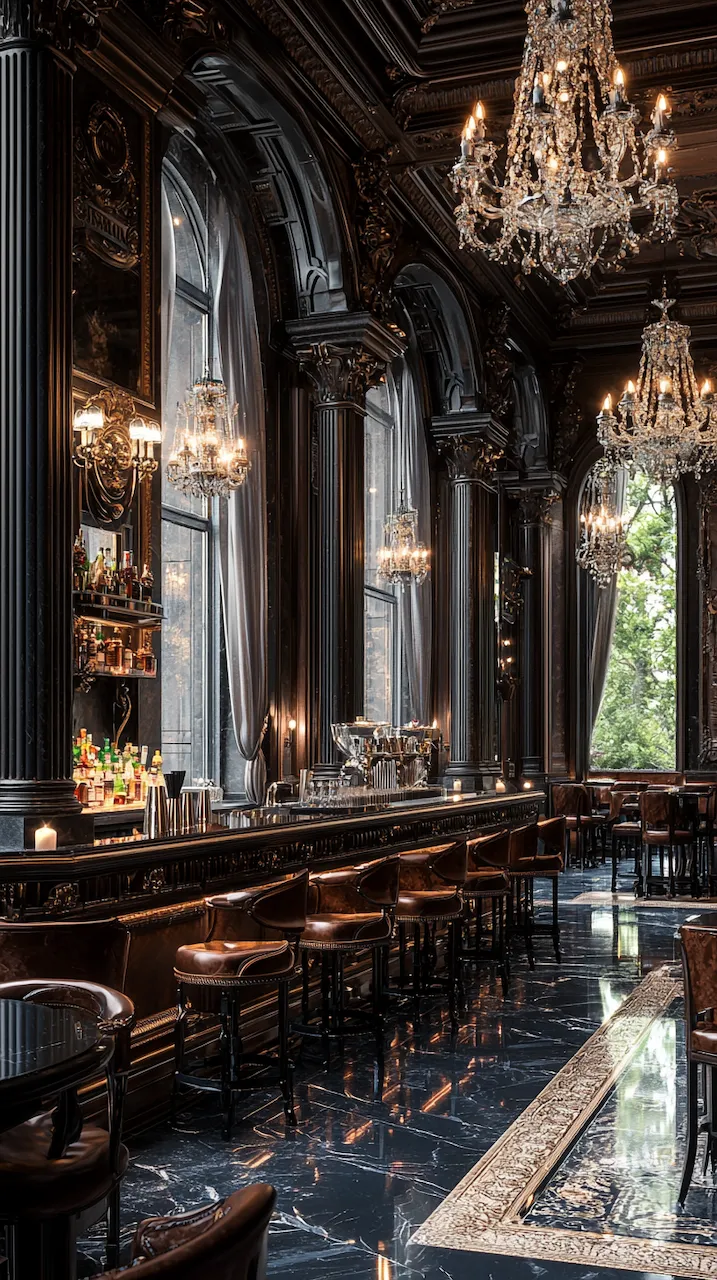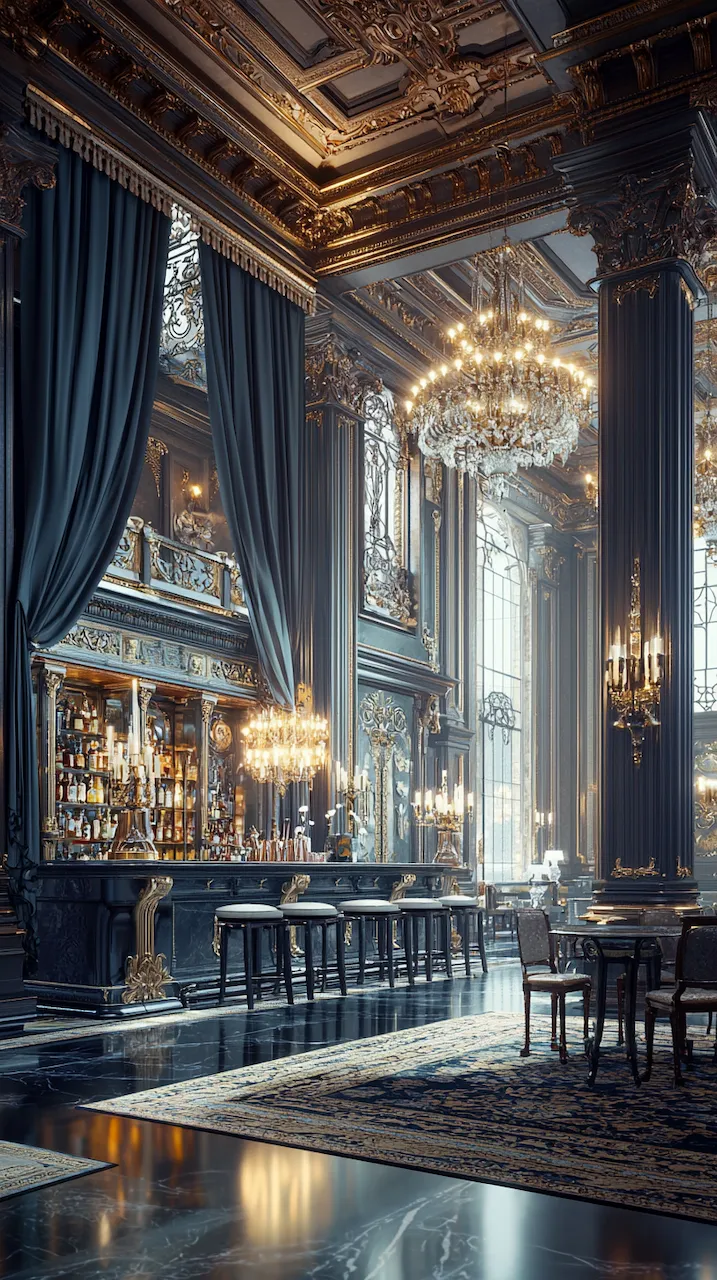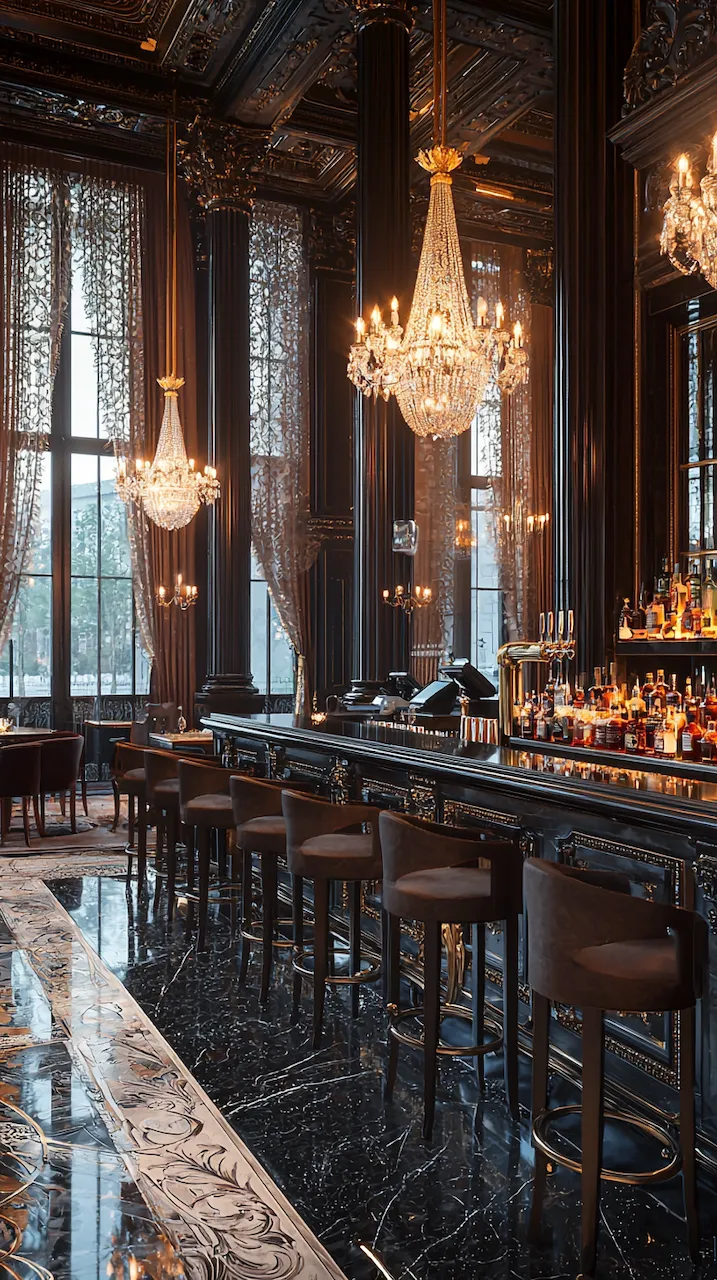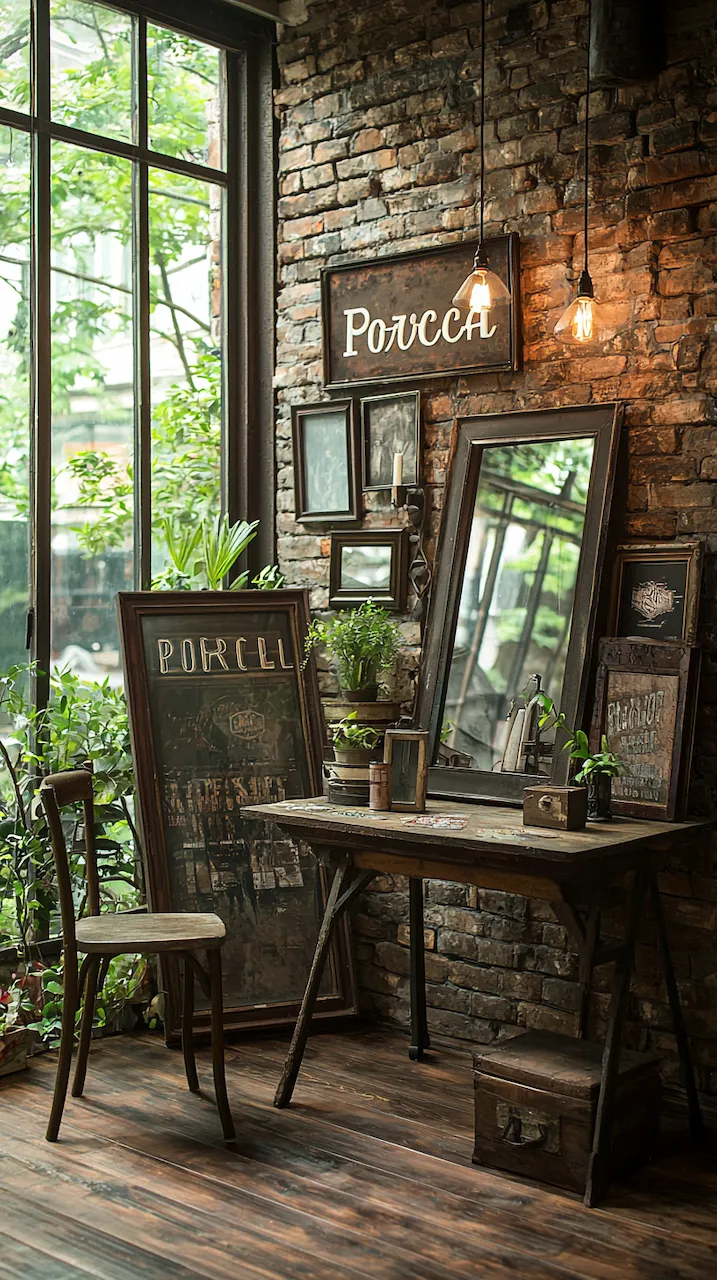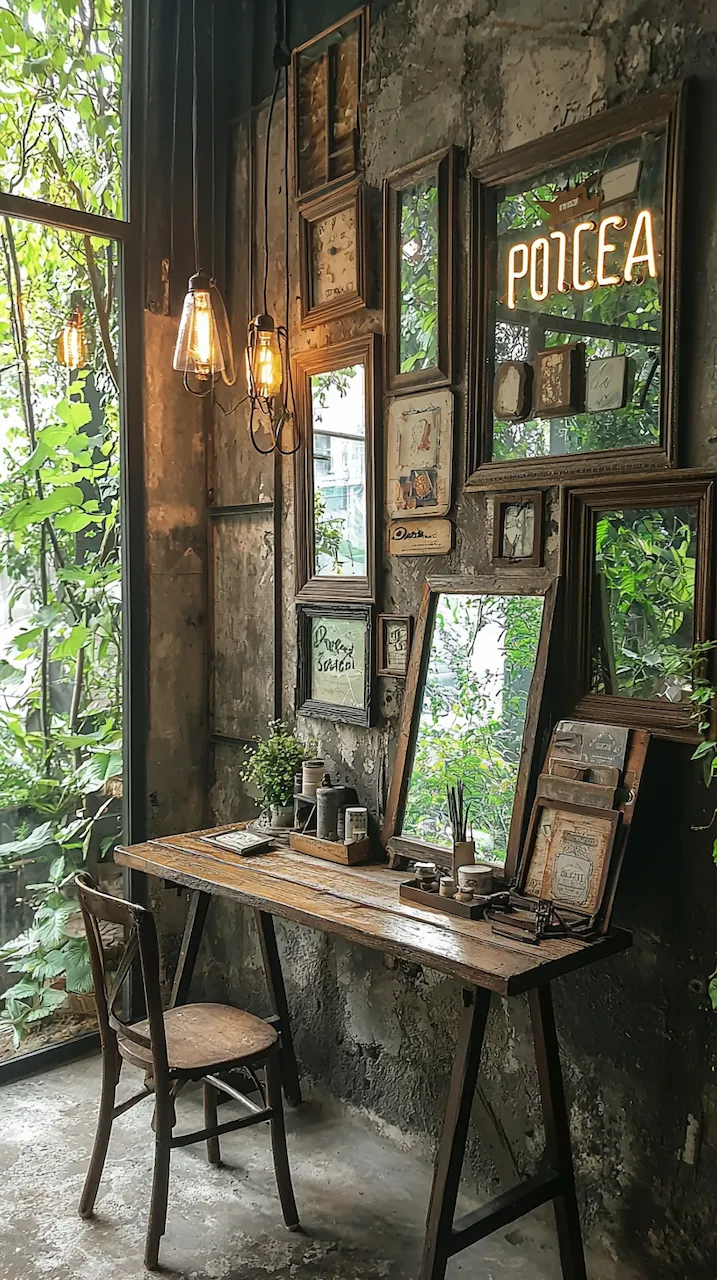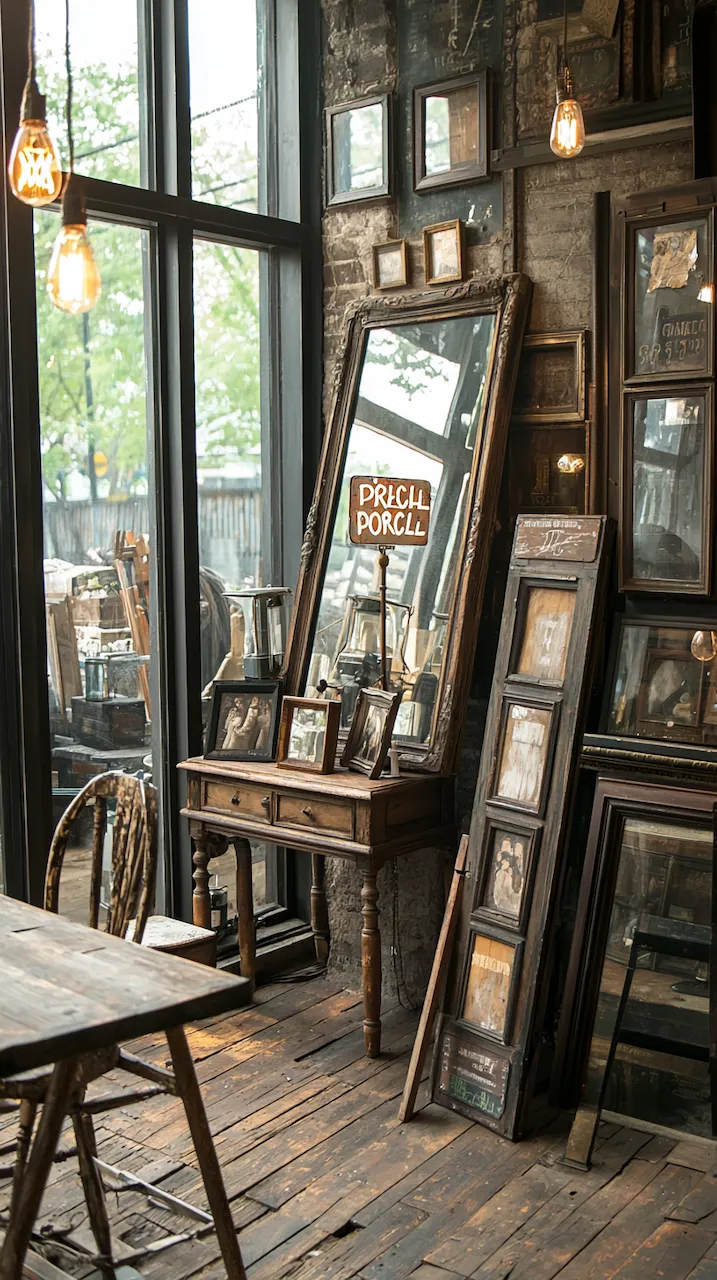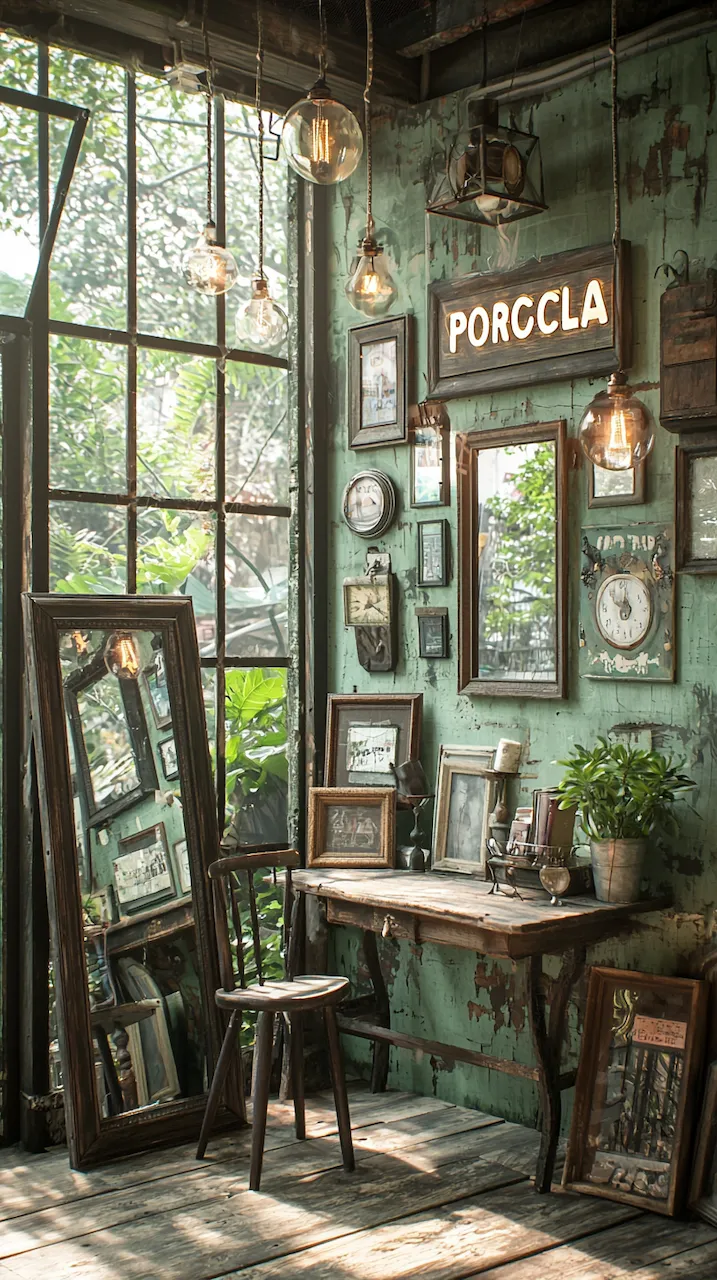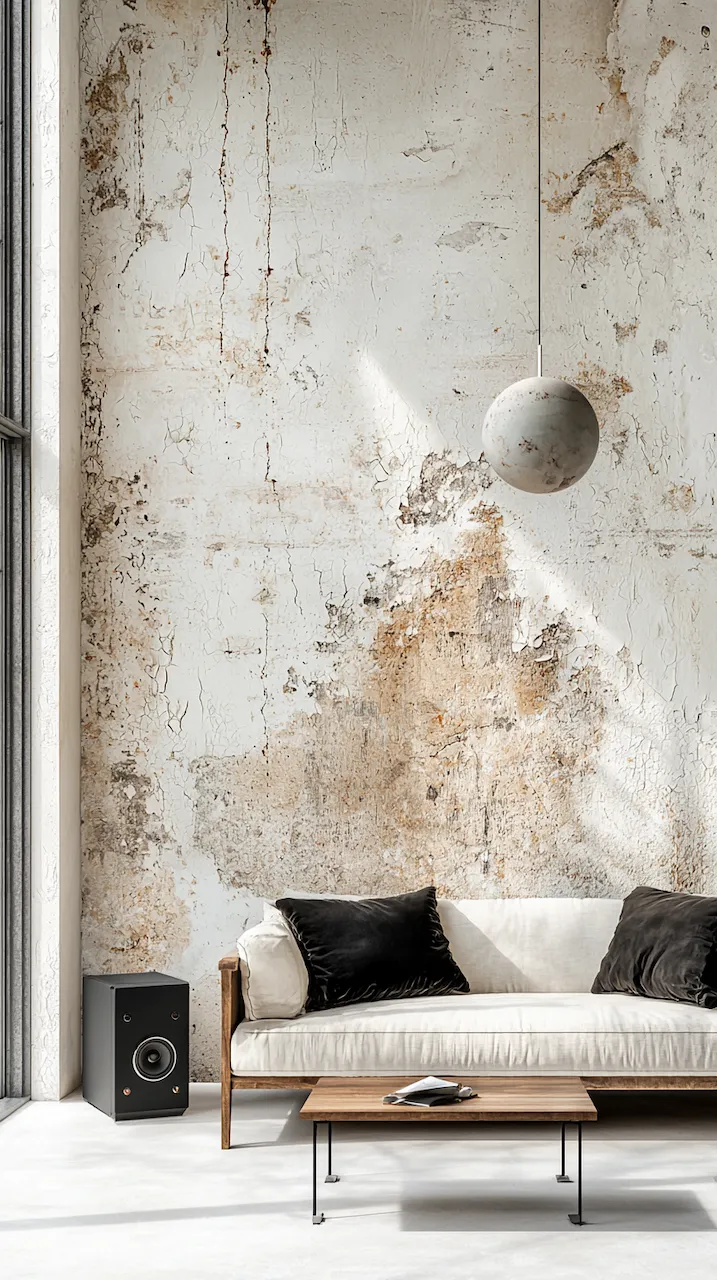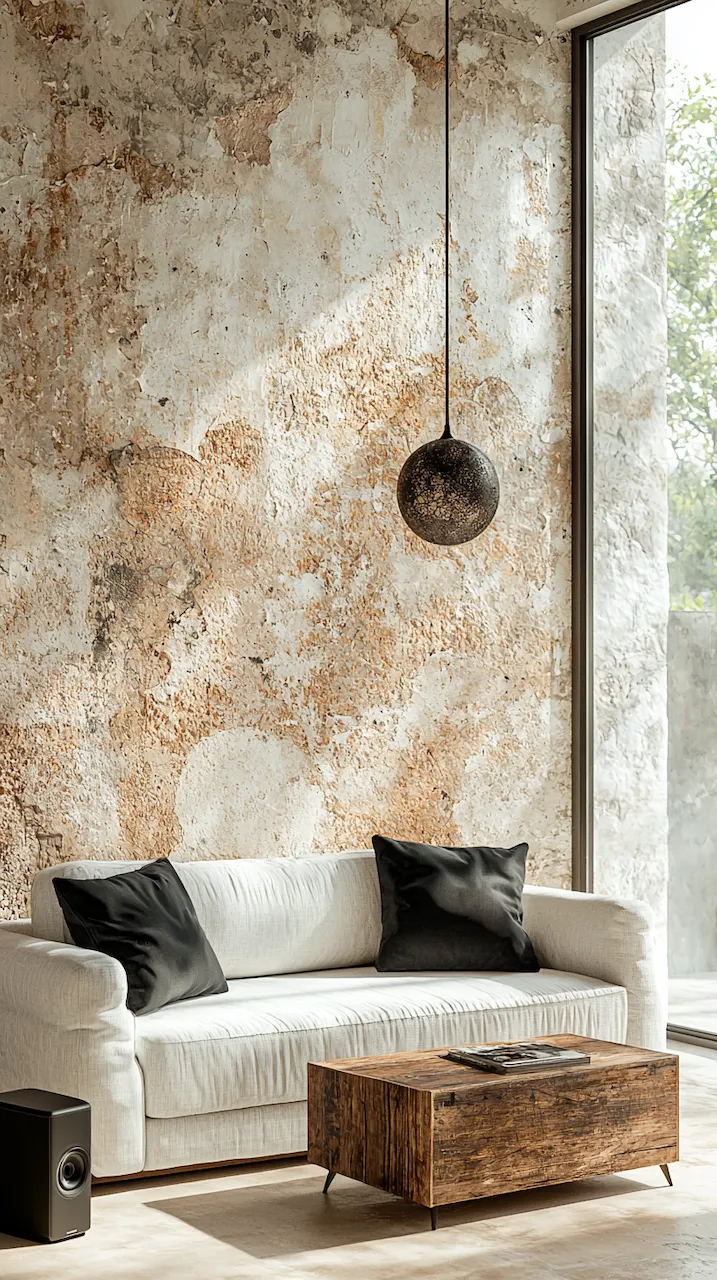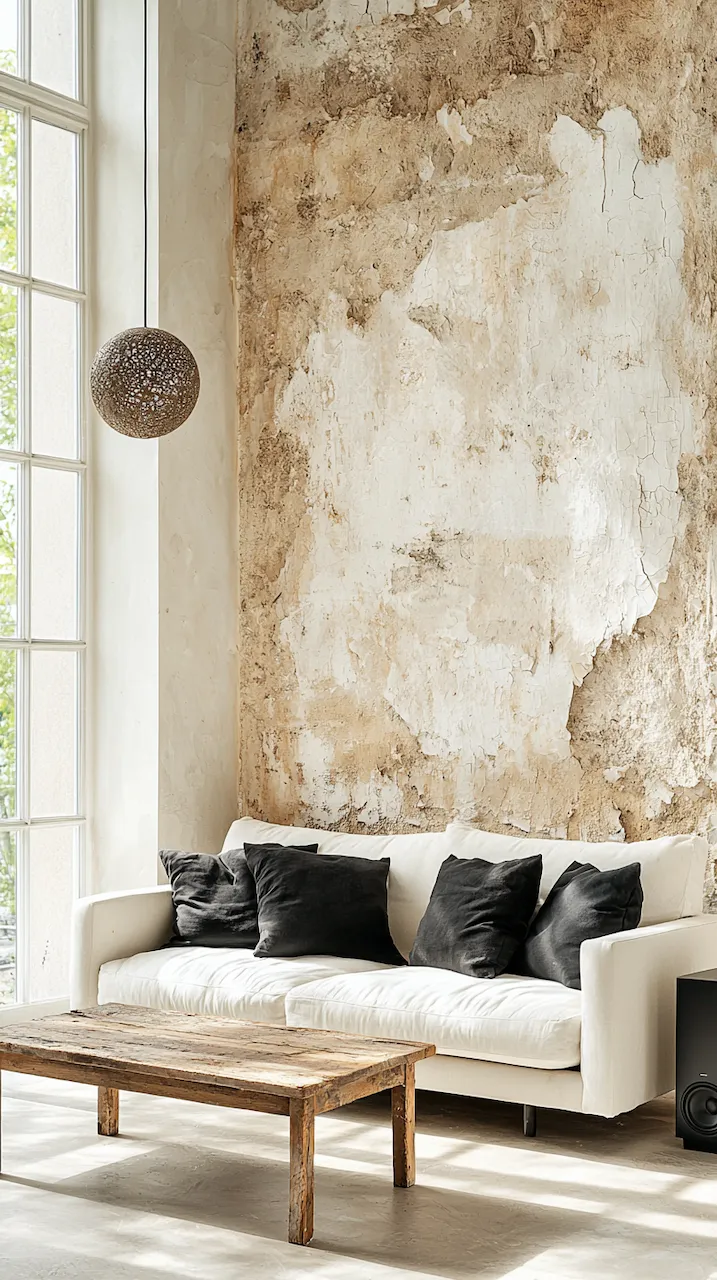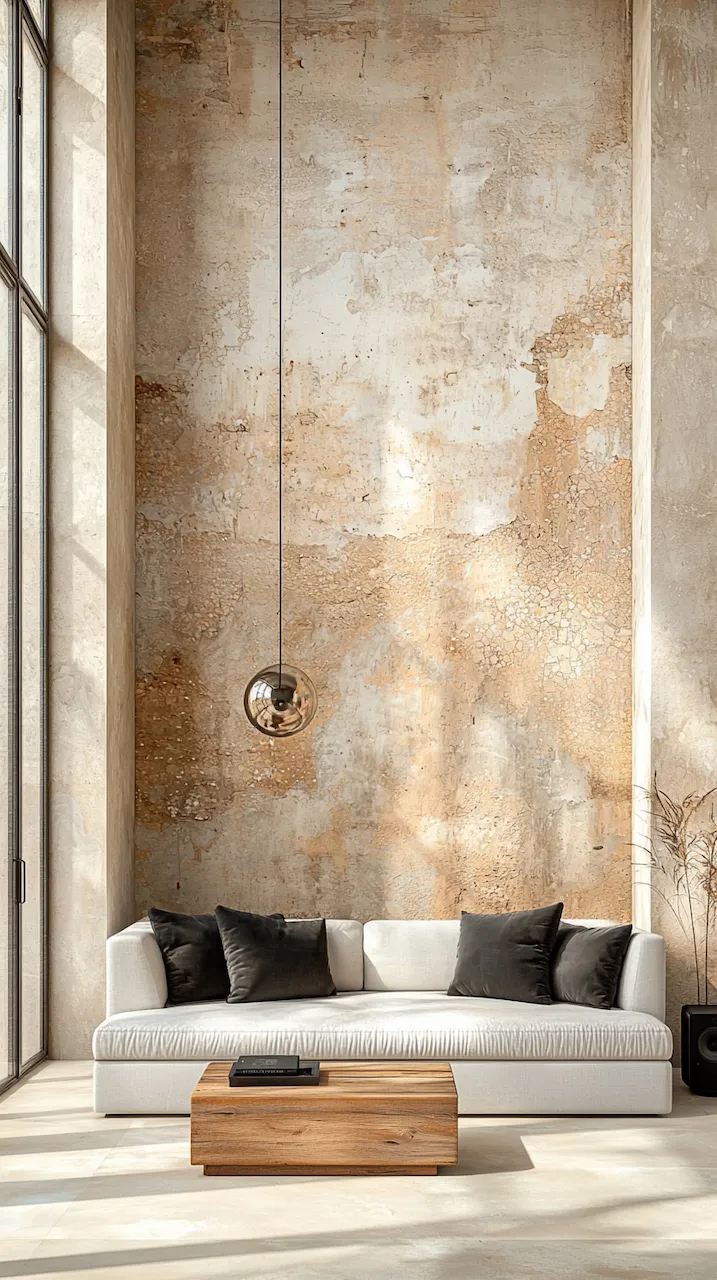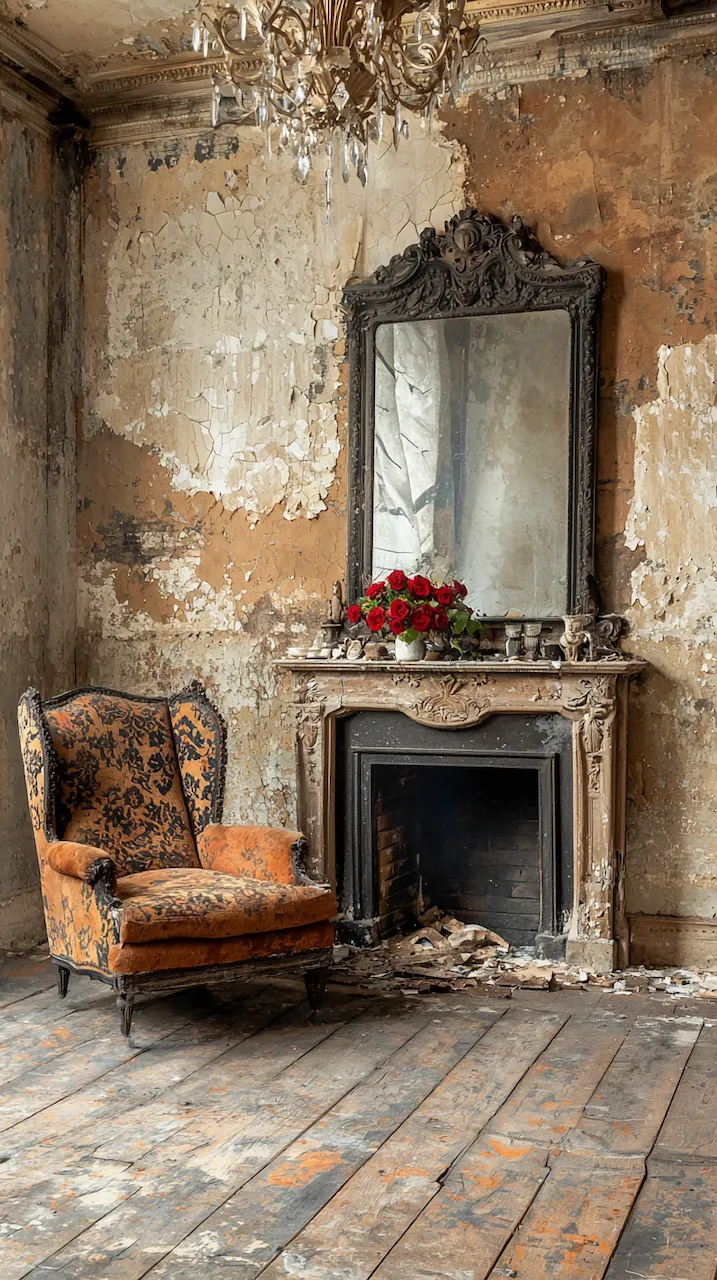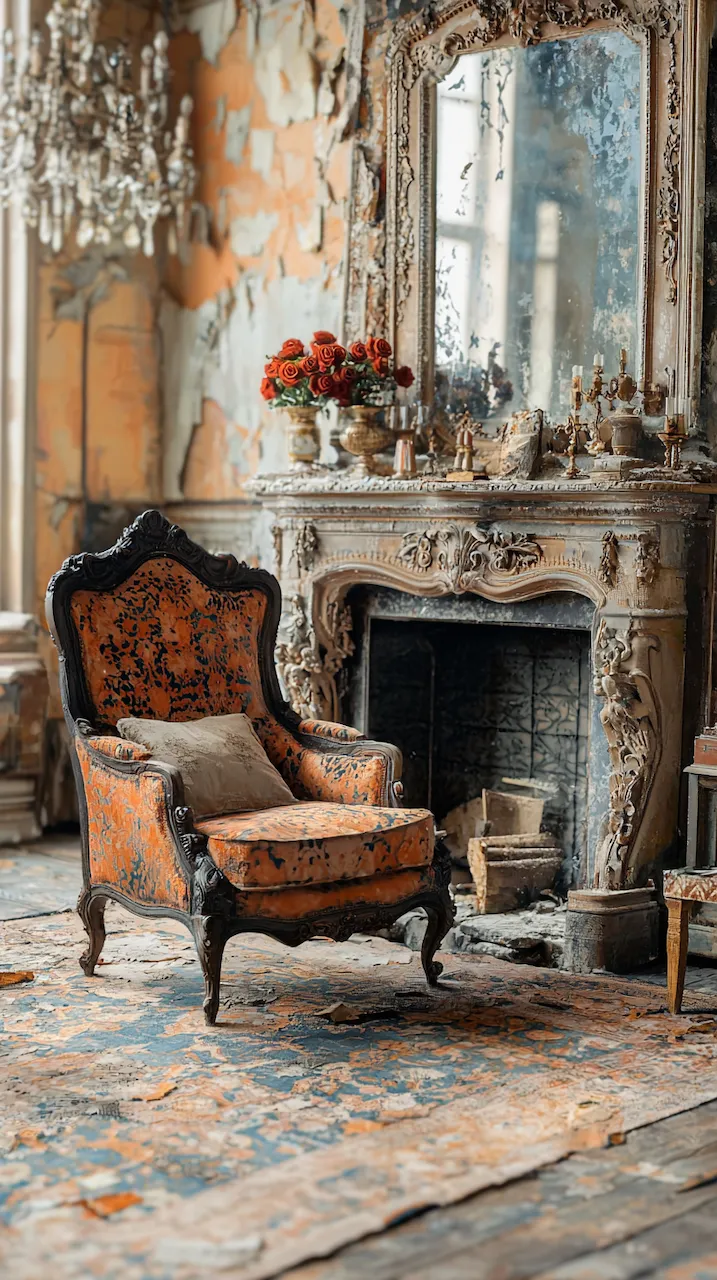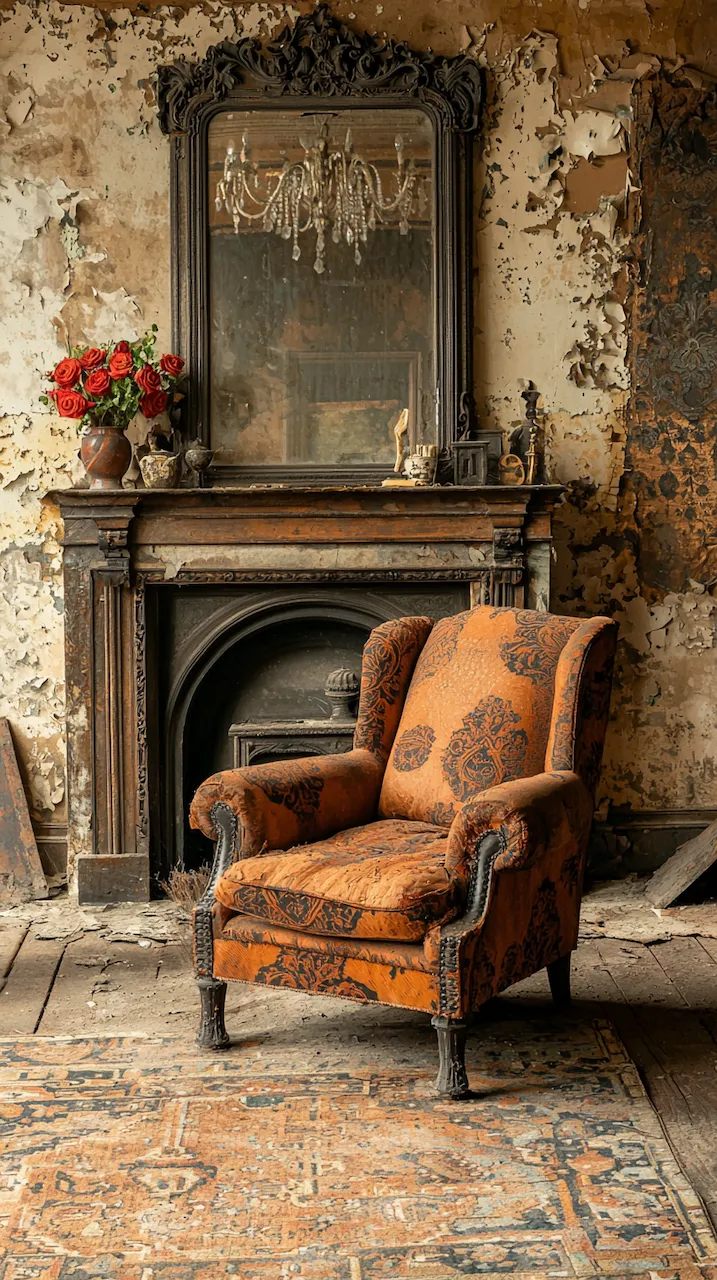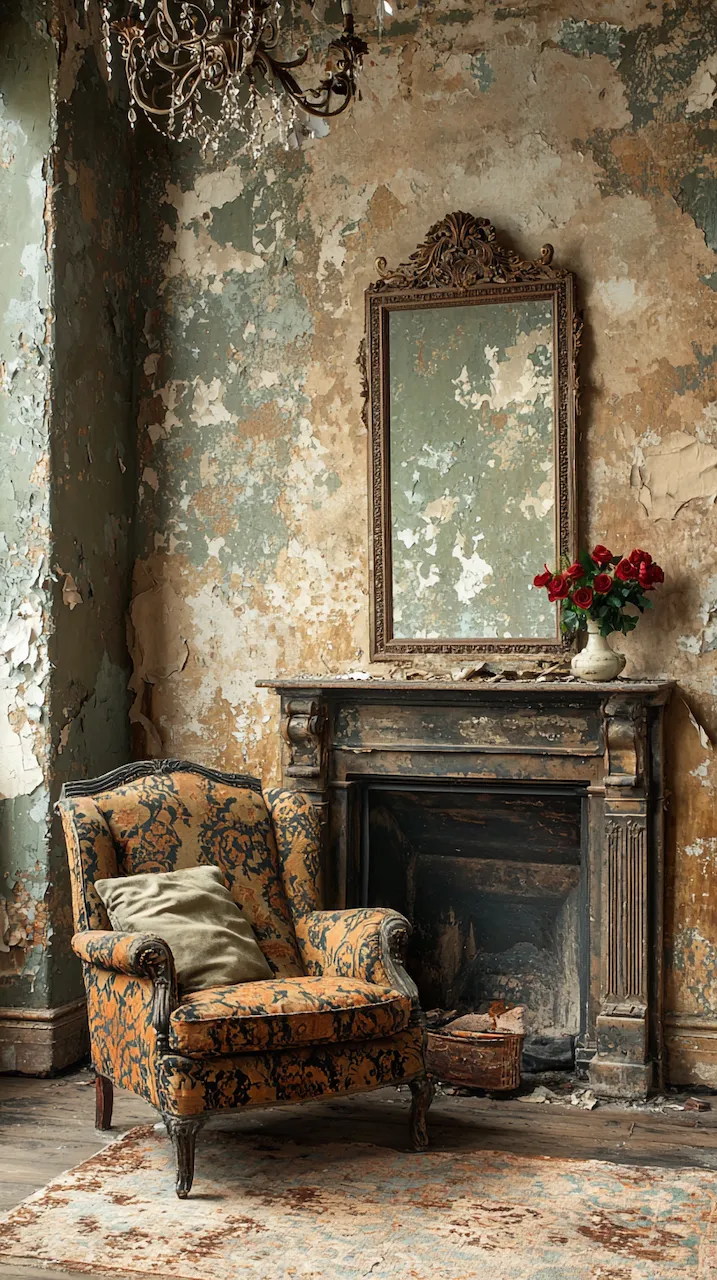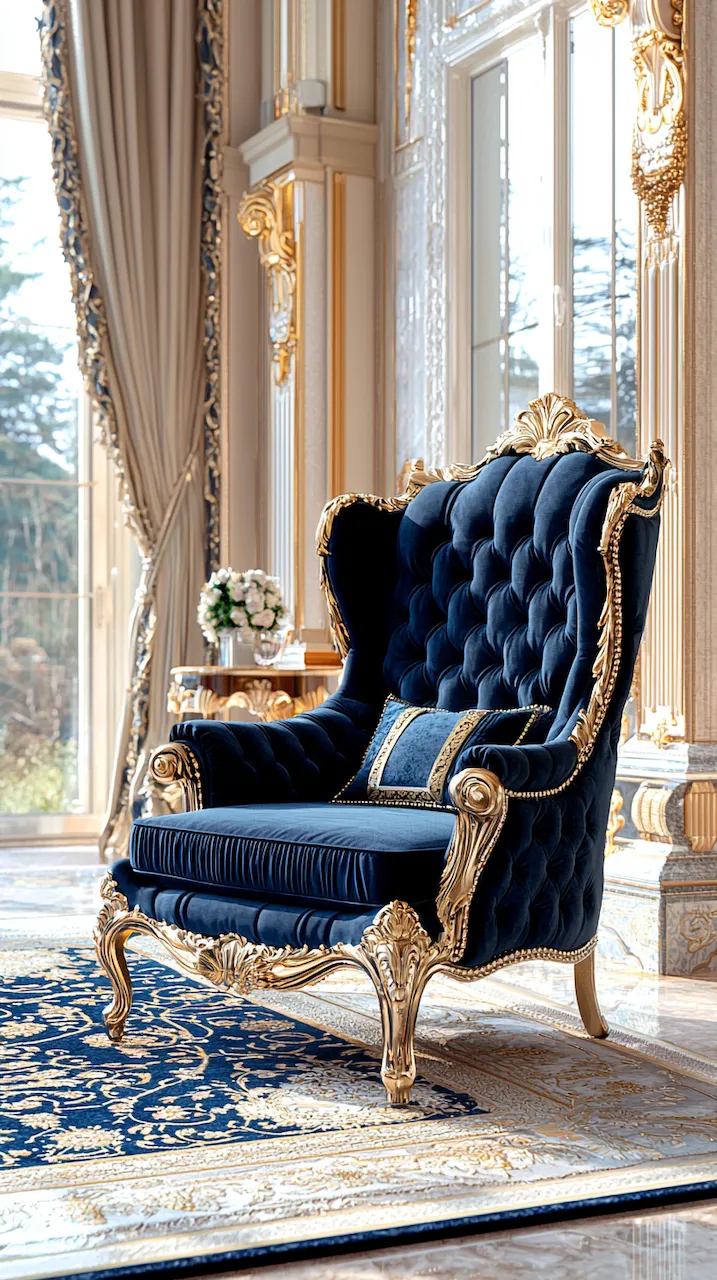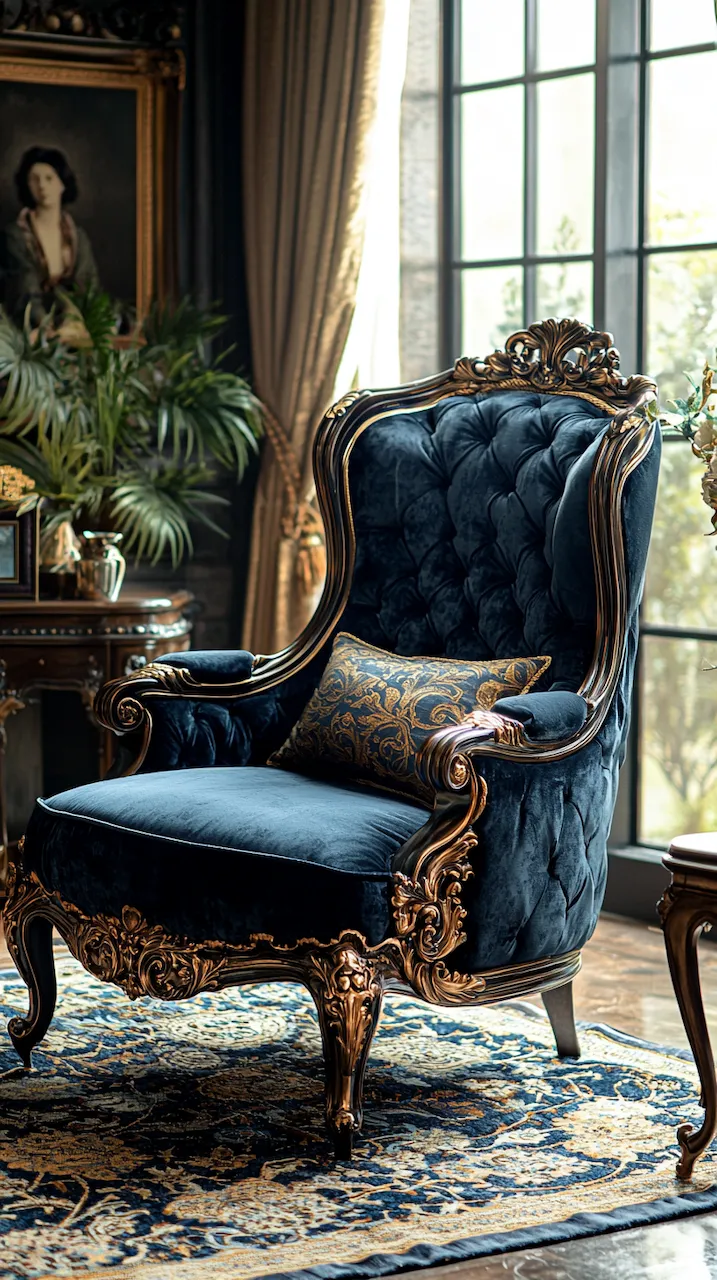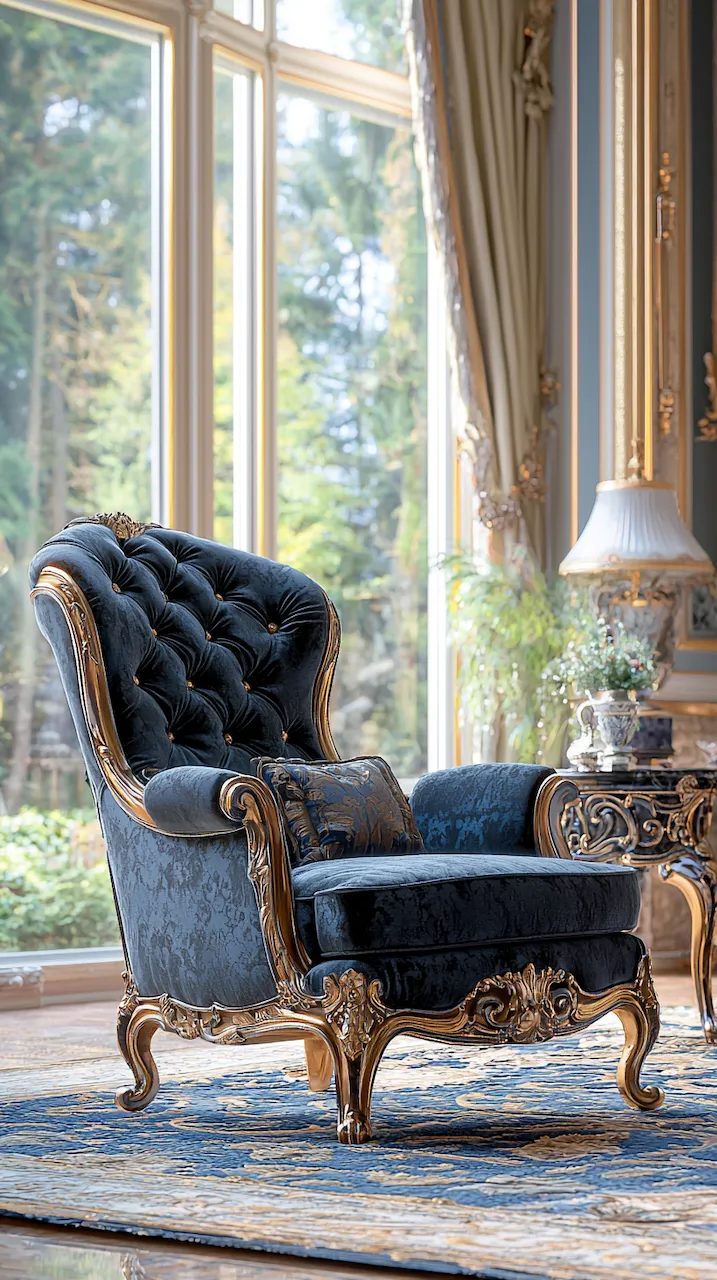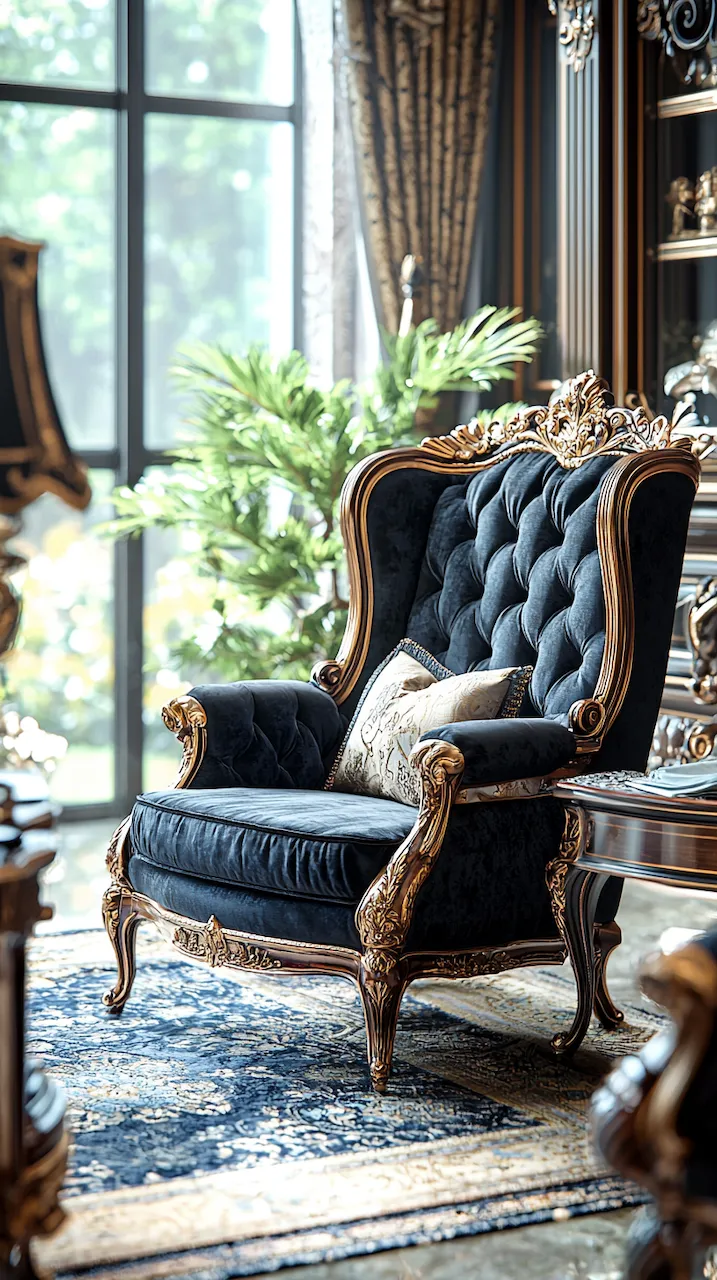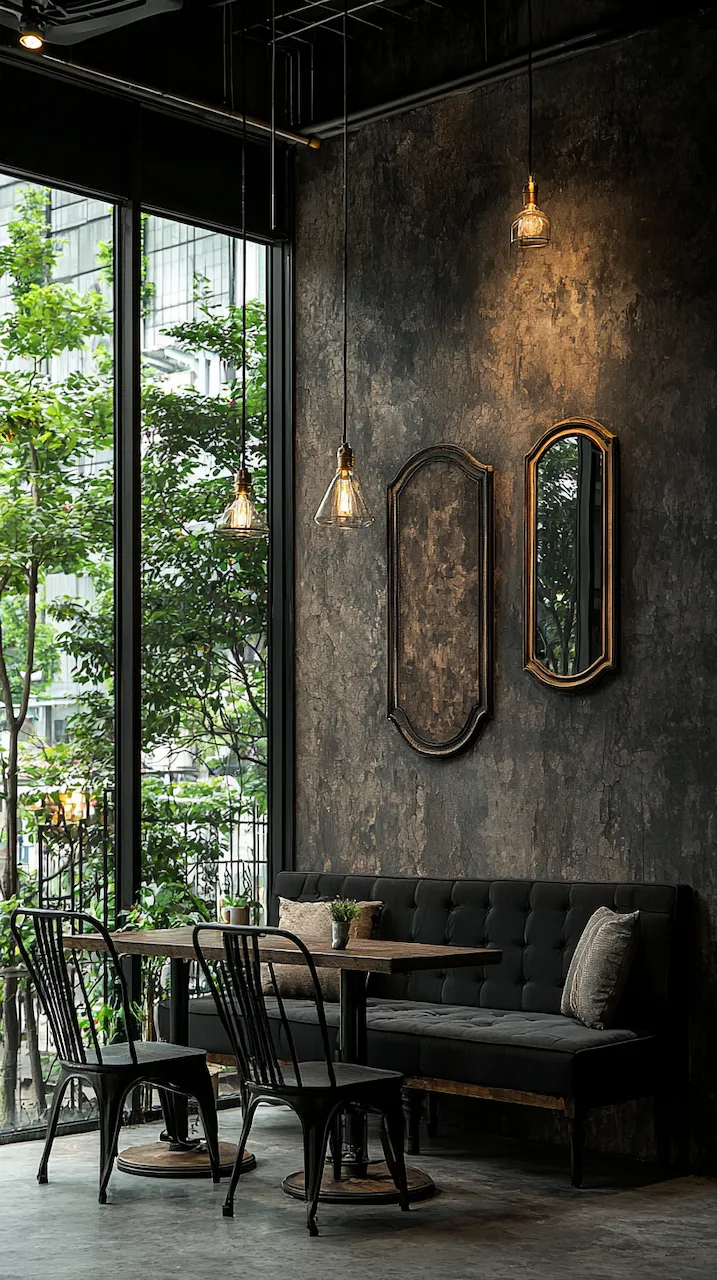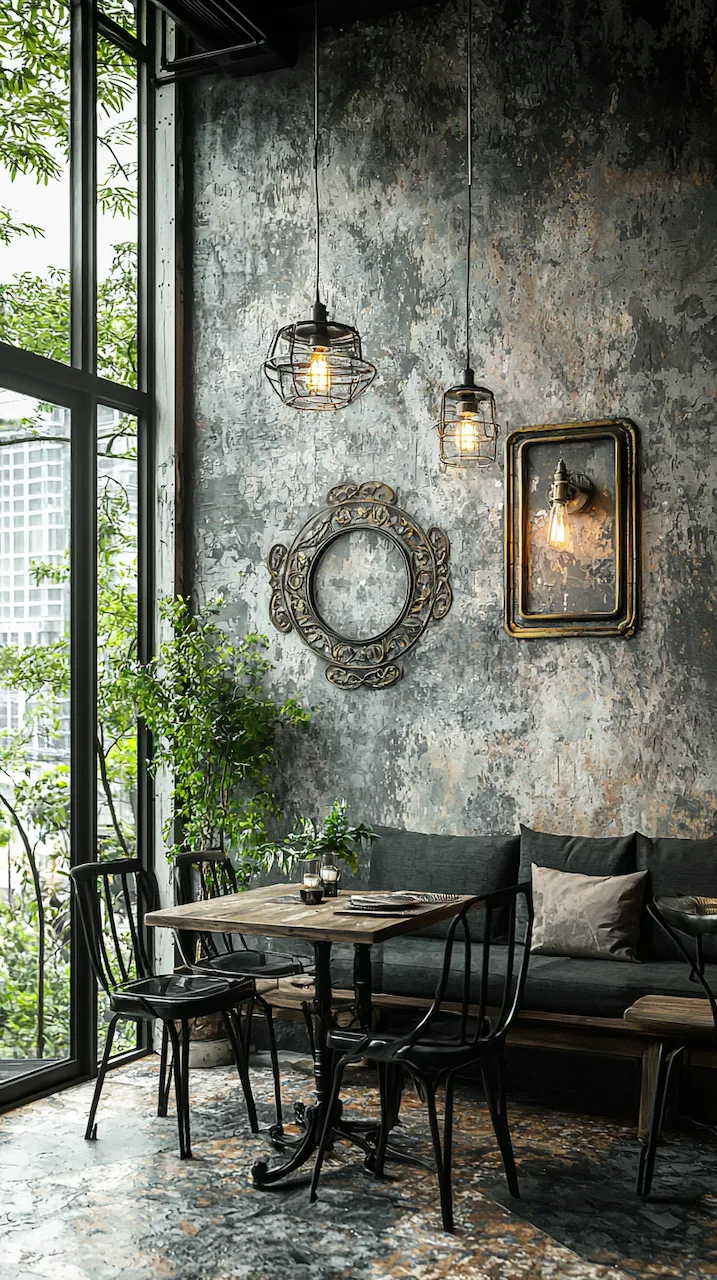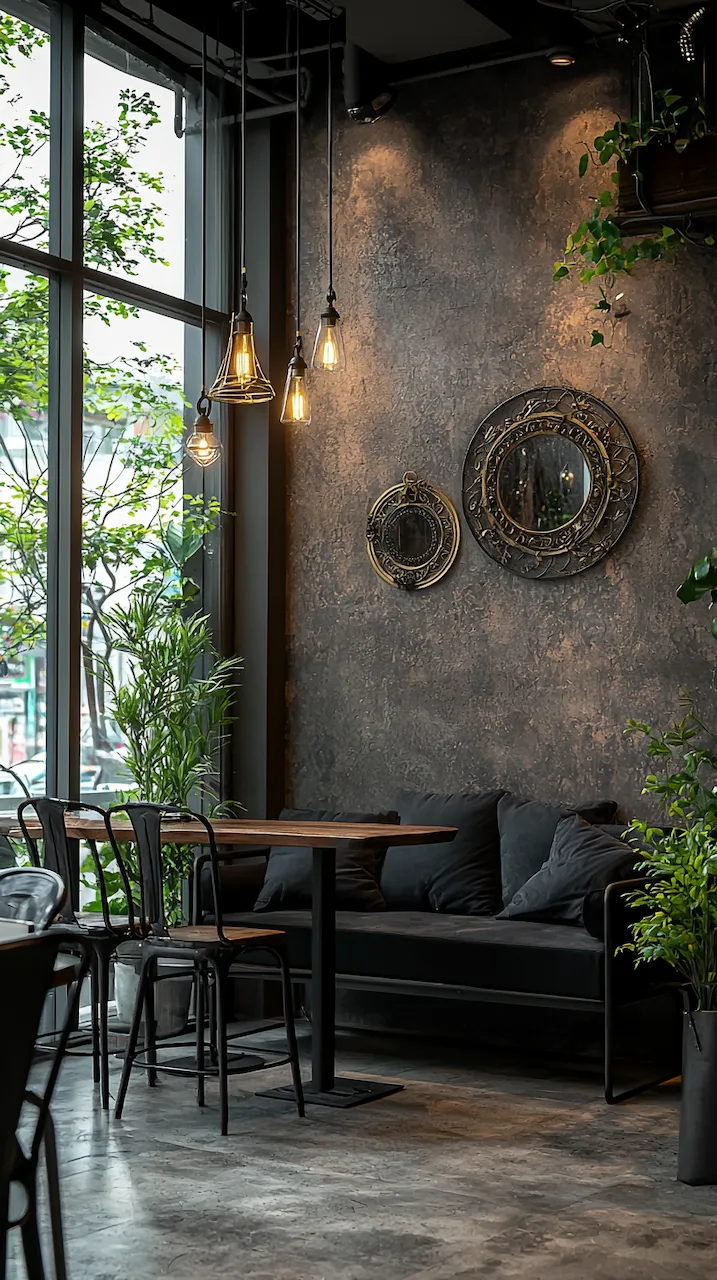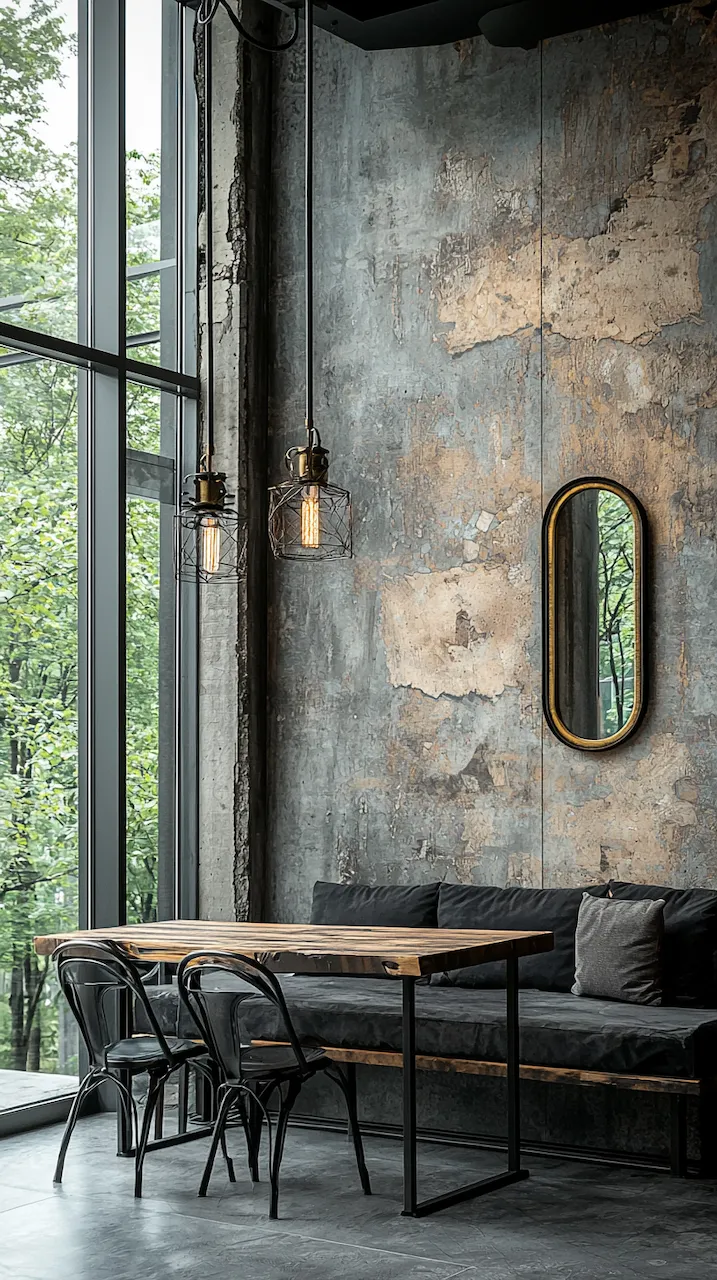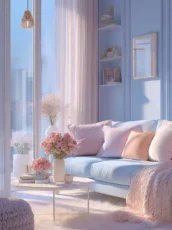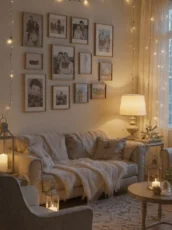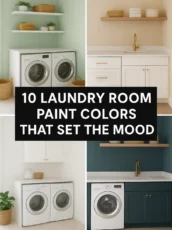A visual essay in color, texture, and thoughtful rebellion
More Than Taste: Why Your Home Needs a Point of View
Whimsy in design isn’t about kitsch or chaos—it’s about conviction. A well-decorated home doesn’t whisper good taste; it declares self-awareness. It’s a curated autobiography in objects, a visual thesis written in lacquer and light. When done right, whimsy isn’t random—it’s intentional contradiction, where surreal meets smart and structure holds space for surprise. And in an era where curated minimalism sometimes feels like an algorithm, true personality stands out.
Design, after all, is a kind of storytelling. A playful swerve in a serious room says, I know the rules—and I’ve chosen which ones to break. Below, we explore how to bring this energy home with interiors that mix intelligence with individuality, elegance with eccentricity.
Statement Meets Structure
Whimsy thrives on contrast. Think sculptural furniture that moonlights as art—an angular chair in Yves Klein blue, or a brutalist console softened by a vintage porcelain dog lamp. These aren’t afterthoughts; they’re punctuation marks. But don’t mistake flair for flippancy: the best whimsical homes ground their gestures with architectural discipline.
Install built-in shelves that hold both books and boldness—a grid of cubbies cradling ceramic birds, deconstructed clocks, or antique dice. In tight city flats, let your structure serve your story: floating desks that turn into dinner tables, slimline armoires painted with Renaissance-inspired murals. Every piece should earn its keep—functionally and philosophically.
The Power of Asymmetry
Symmetry is polite. Asymmetry is a conversation starter. A gallery wall that slants unexpectedly, with mixed media—oil portraits, neon scribbles, pressed flowers—draws the eye like a jazz riff: unpredictable, but harmonized. Or consider a living room where one curtain panel touches the floor while the other flirts just above the sill—a small decision with outsized charisma.
Try off-centering a chandelier over a side table rather than the dining table. It’s jarring—in the best way. Let whimsy ask questions, not just provide answers. The unexpected shouldn’t just surprise; it should challenge assumptions about what “home” looks like.
Materials That Talk Back
Tactility is where whimsy gets sensual. A polished concrete floor juxtaposed with mohair lounge chairs. A lacquered red sideboard that reflects the light like a candy apple. Terrazzo countertops flecked with improbable colors. Materials with attitude.
Use velvet in jewel tones—amethyst, tourmaline, malachite—to inject a sense of opulence that doesn’t take itself too seriously. Frame raw plywood with brass accents. Layer sleek black lacquer against matte ceramic. These choices create visual tension—luxury on a wink.
The trick is in the pairings: oppositional, yet in dialogue. Think of it as casting your space with characters who challenge one another in delightful ways.
Design With a Thesis
Every home should have an argument. A through-line. Maybe it’s “modern folklore” with woven wall art and carved masks flanking postmodern Italian lighting. Maybe it’s “future nostalgia” with mid-century silhouettes reupholstered in iridescent fabrics. Whatever your thesis, let it unfold in layers—not like a showroom, but like a short story told in vignettes.
In the kitchen, a backsplash of hand-glazed tiles in oceanic tones might nod to a childhood by the sea. In the entryway, a vintage school chair next to a surrealist mirror might whisper about memory, education, reinvention. These aren’t just decorative choices—they’re symbols.
And yes, you can be poetic and pragmatic. Use mirrored walls to expand a small studio, but etch them subtly with line drawings. Let your spice rack be a sculptural totem. Every square foot has a say.
Small Space, Big Personality
For the urban creative, space is sacred—but whimsy doesn’t need a penthouse. In fact, constraint breeds creativity. Try backlit alcoves that double as art installations. Install floating shelves that hold both paperbacks and objets trouvés. Let your entryway speak boldly: a technicolor pedestal supporting a hand-blown vase, or a sconce shaped like a mushroom—unexpected joy right where the day begins.
Use color-blocking to demarcate zones in an open plan: a saffron square behind your desk, a smoky blue behind your bed. And remember: scale is a tool, not a rule. One oversized pendant lamp can transform a cramped corner into a dramatic focal point.
Your Home Is a Manifesto
Whimsy is not indulgence. It’s insight. It says, I see the world’s absurdity, and I choose to participate with style. It’s radical to let your home reflect both thought and feeling—deliberate in its choices, unapologetic in its delight.
So go ahead. Hang the antique oil portrait next to the disco ball. Place the velvet footstool beneath the Bauhaus desk. Let your hallway wink. Let your bathroom shimmer. Think of your home not just as a refuge, but as a declaration: of mood, of memory, of possibility.
After all, the most stylish spaces don’t just look good—they think out loud.
Ready to begin? Start with a single surprising object. Build a story around it. Let your home talk back.
